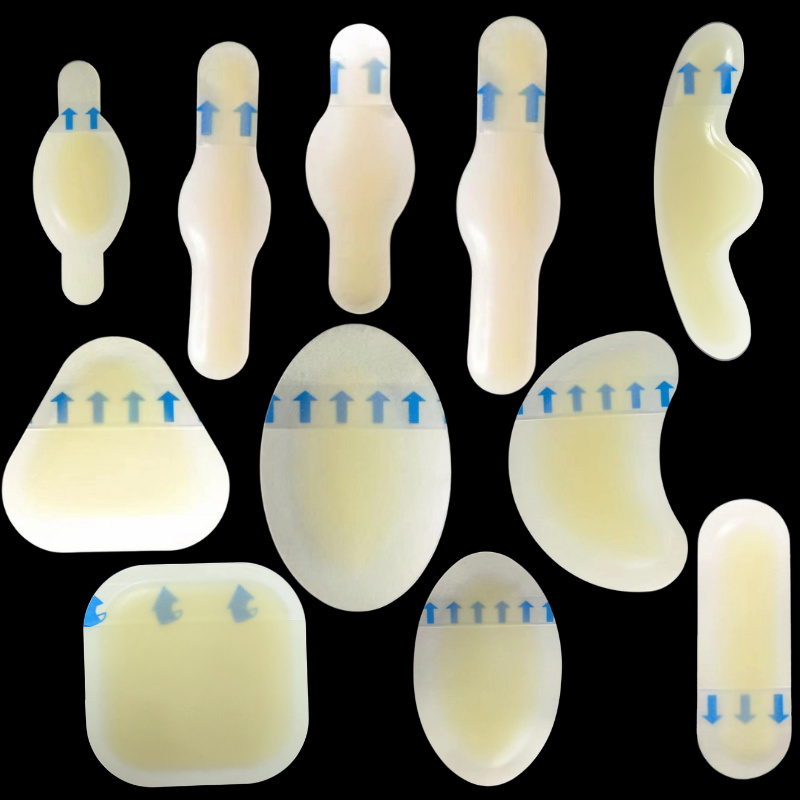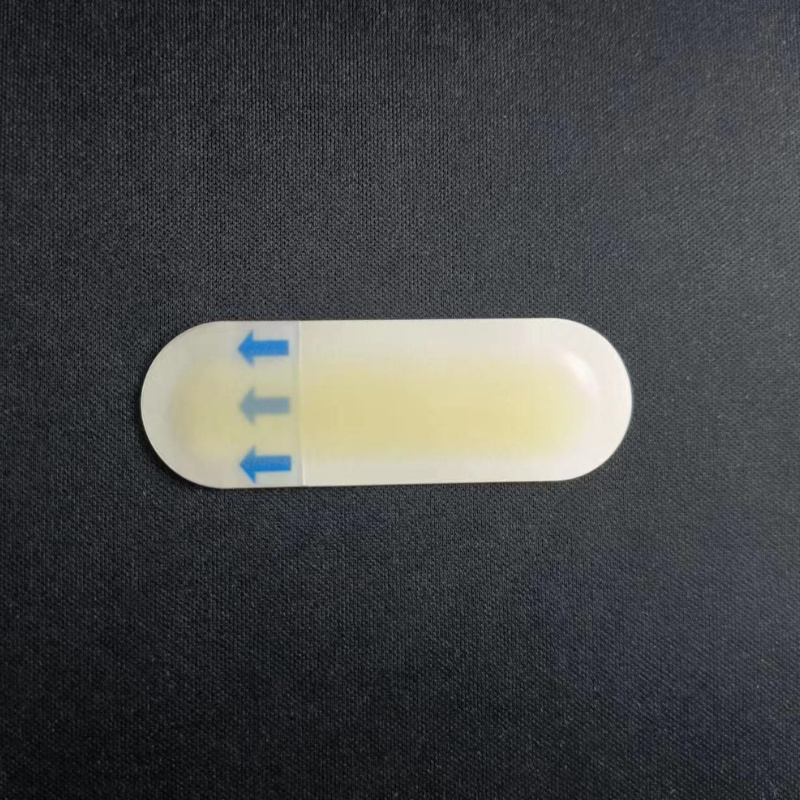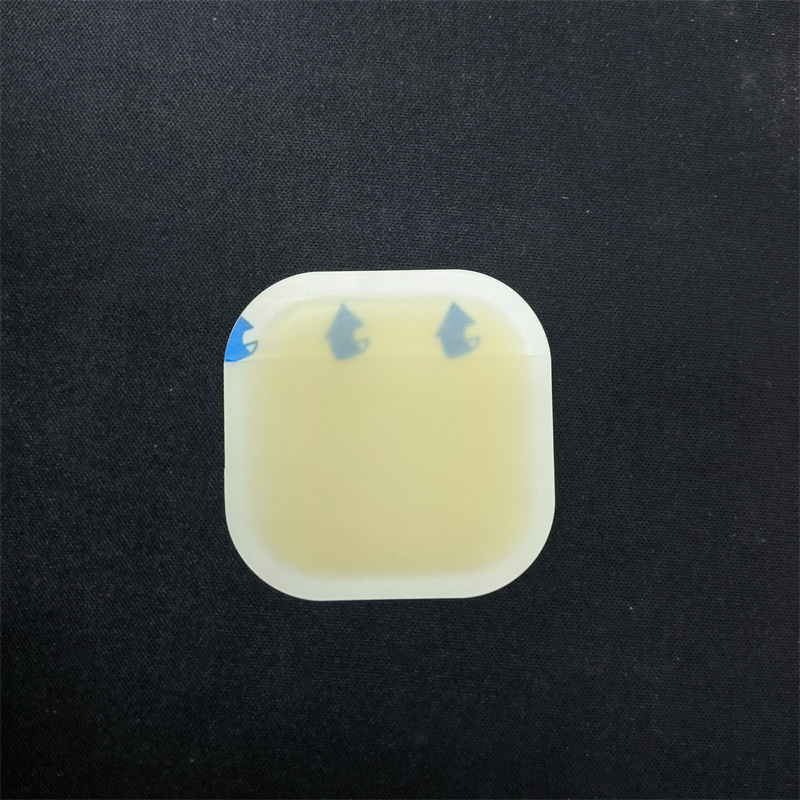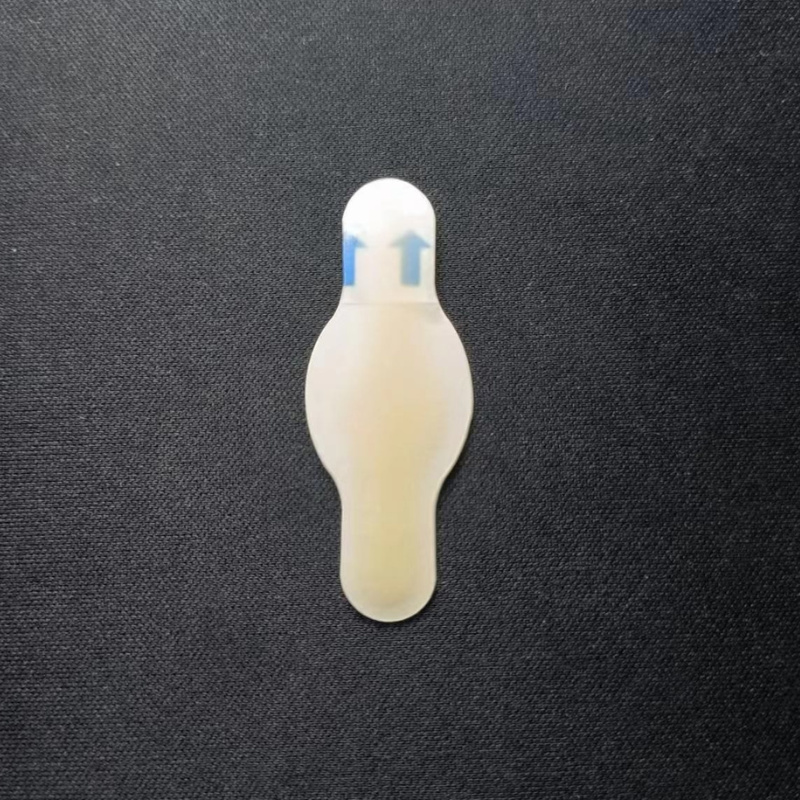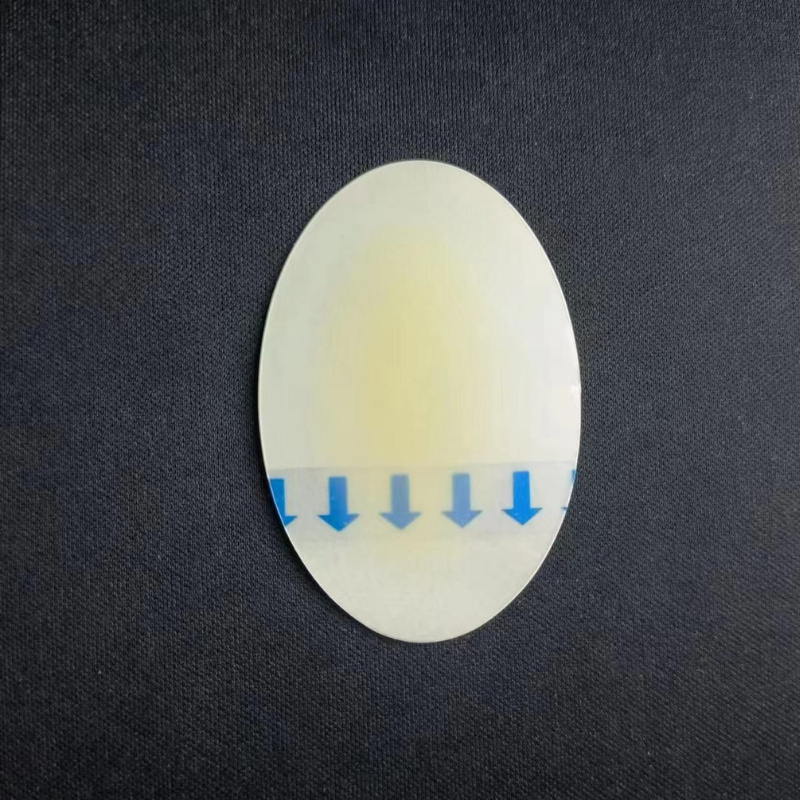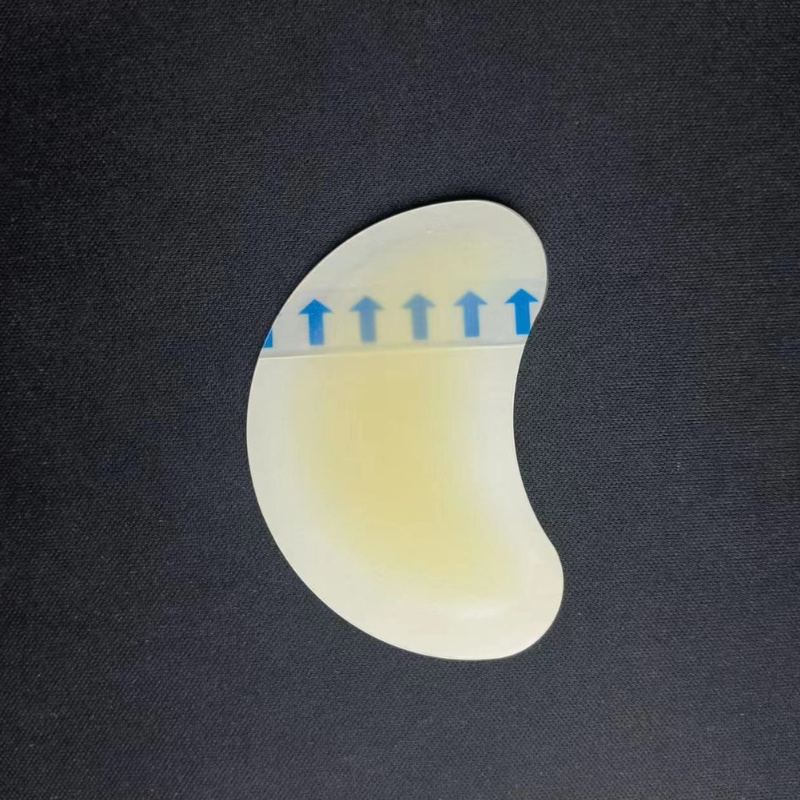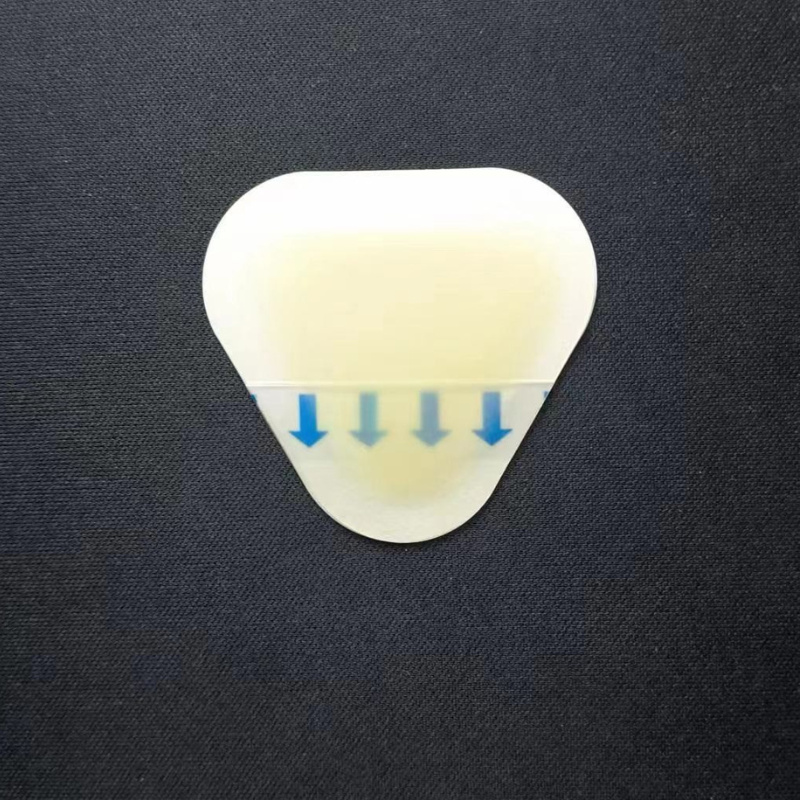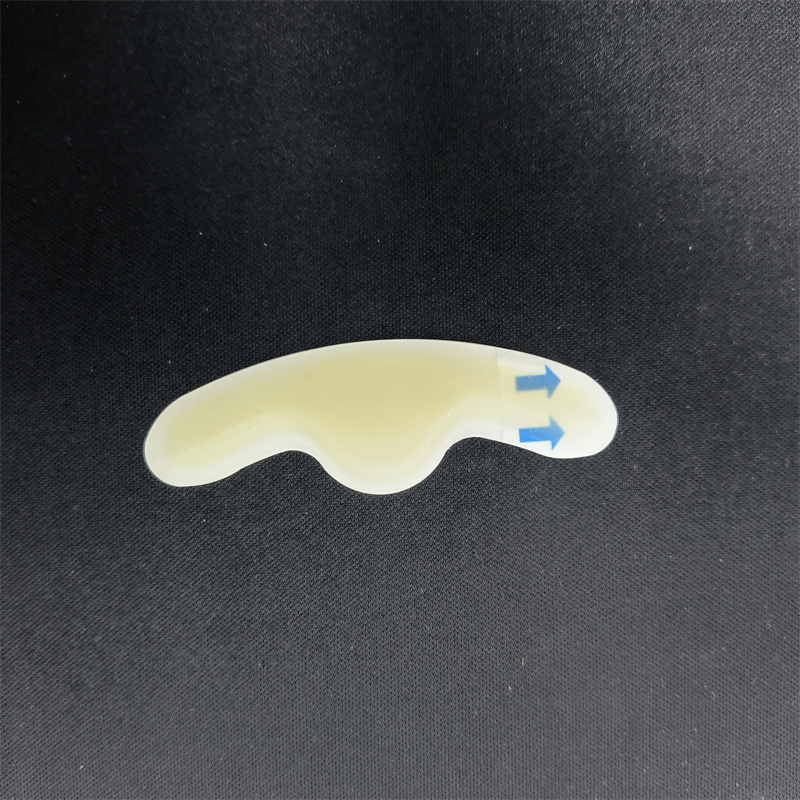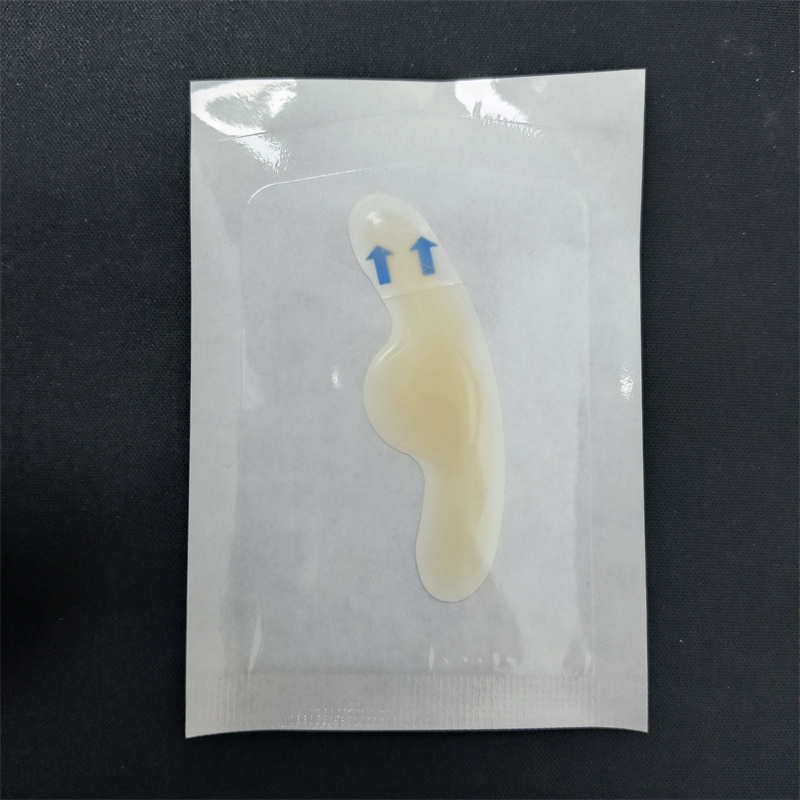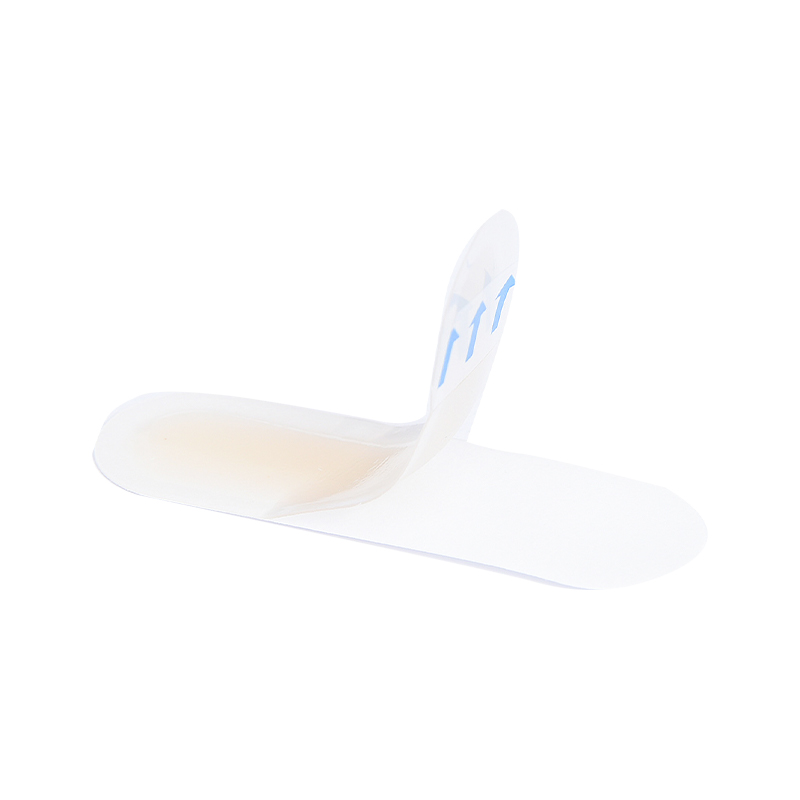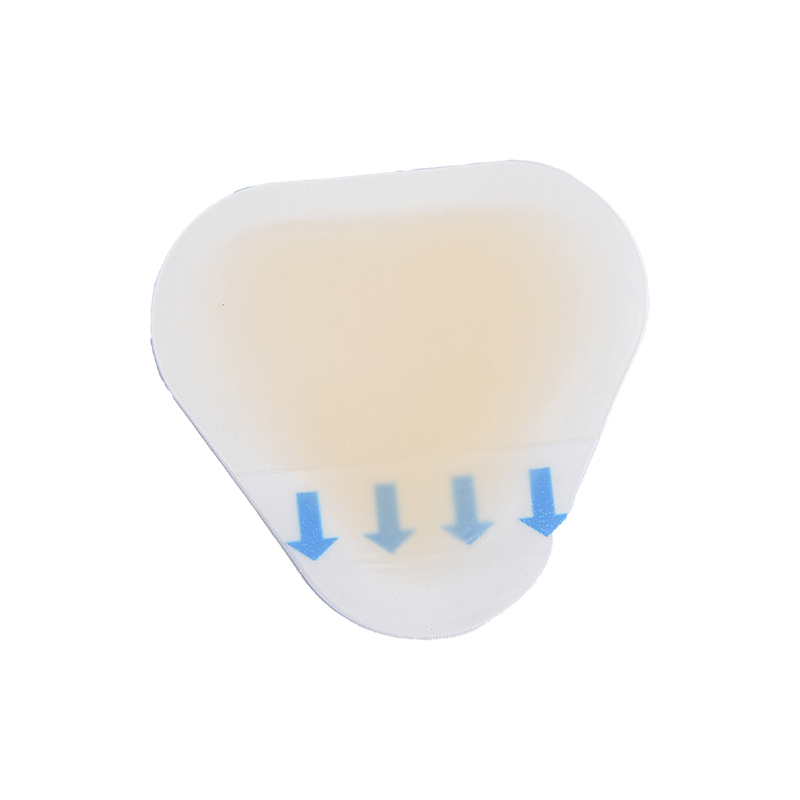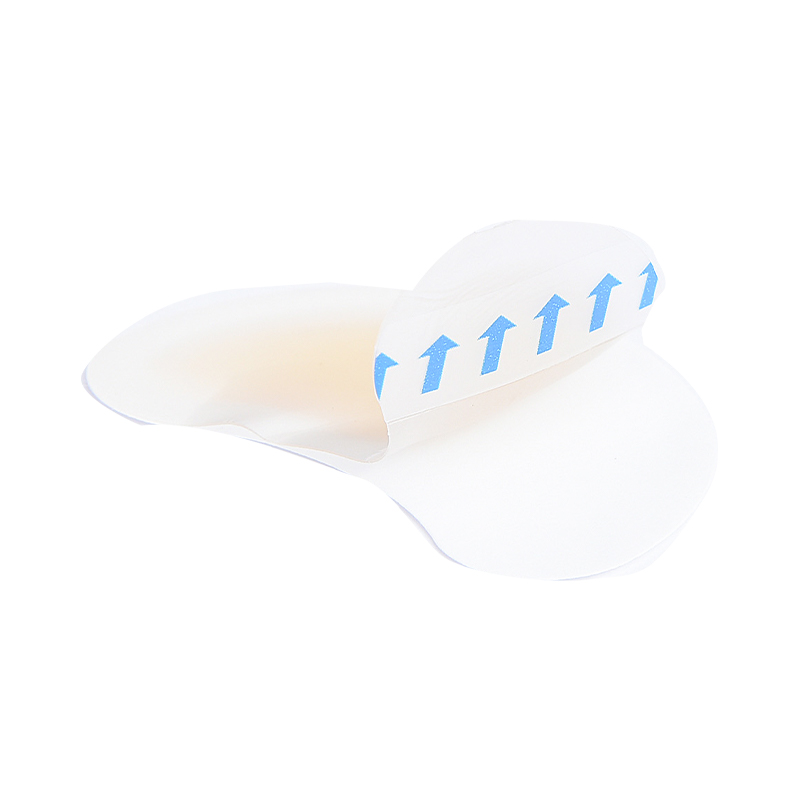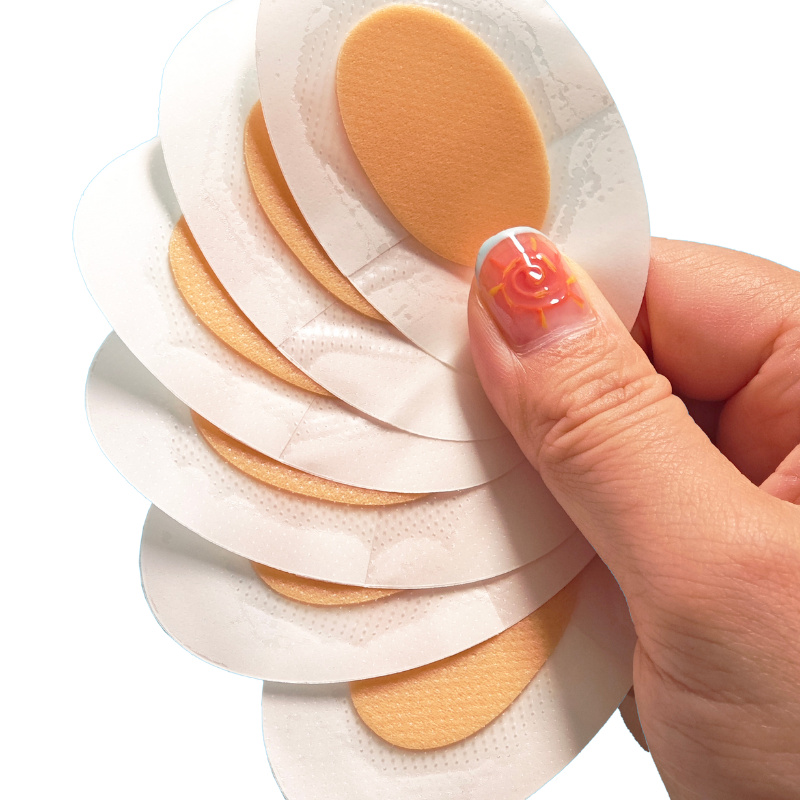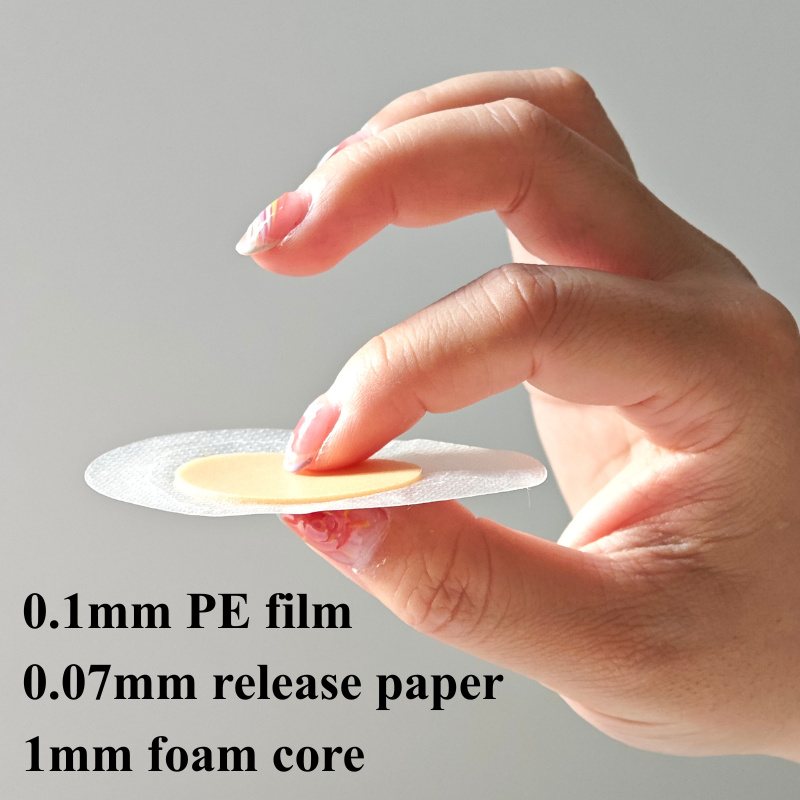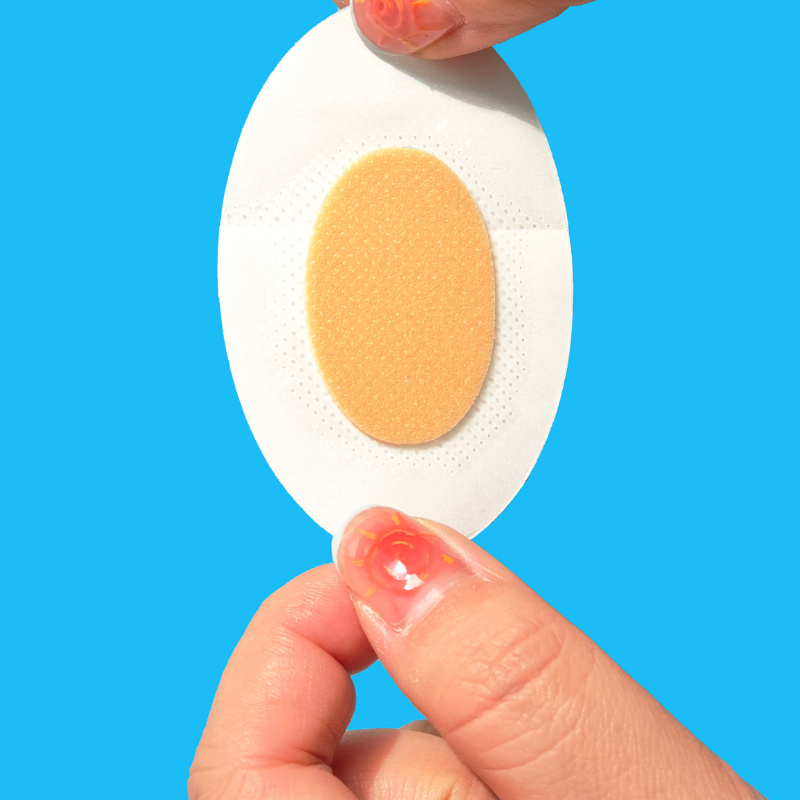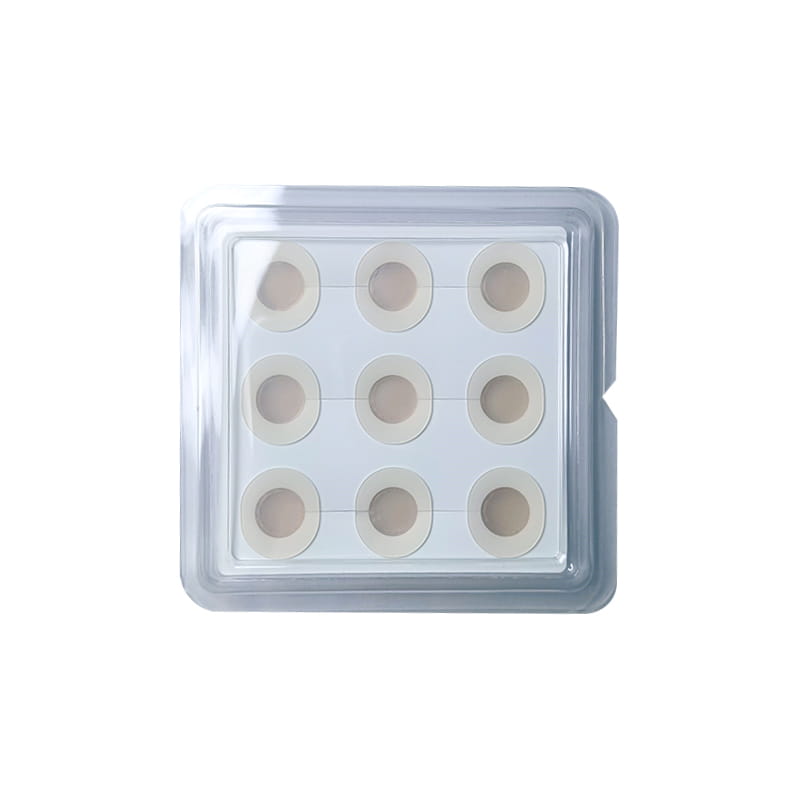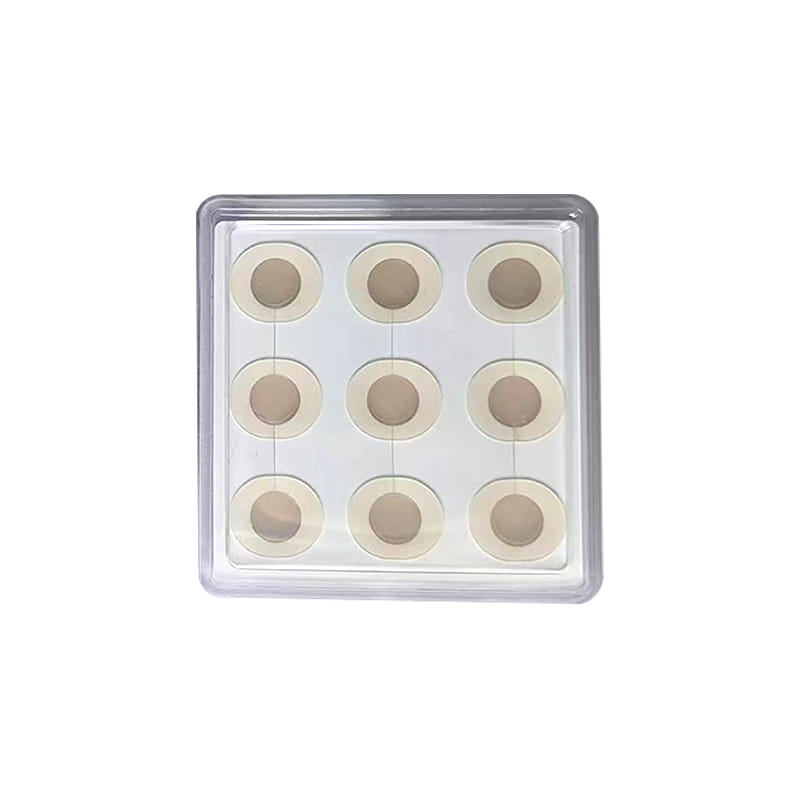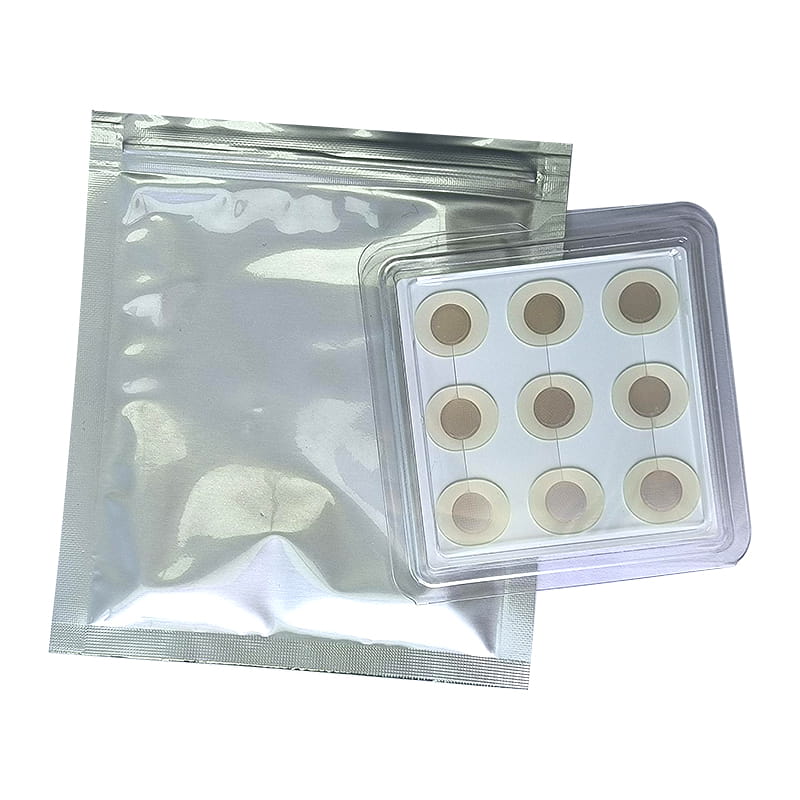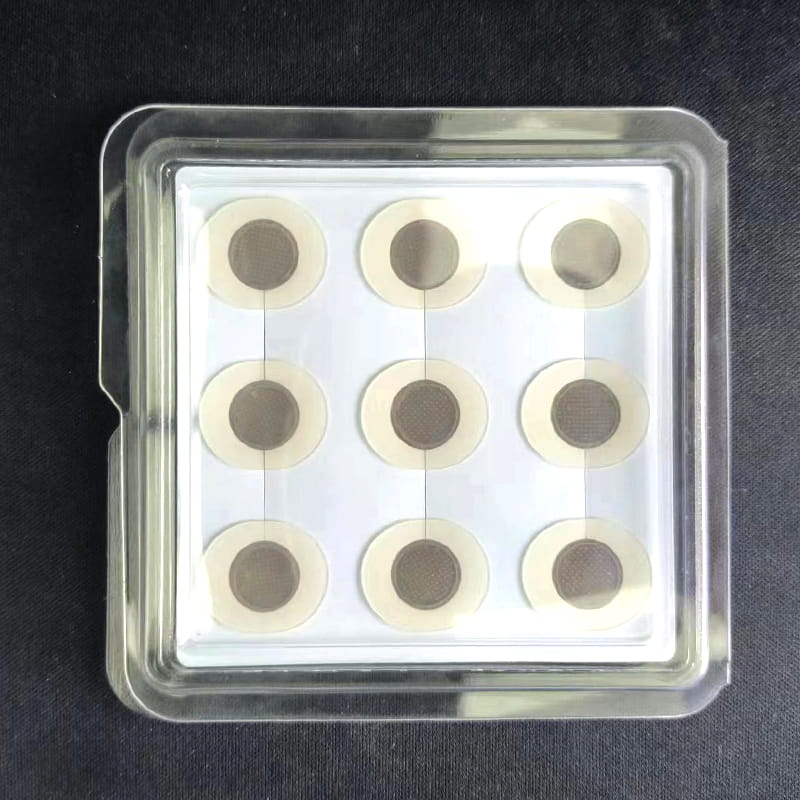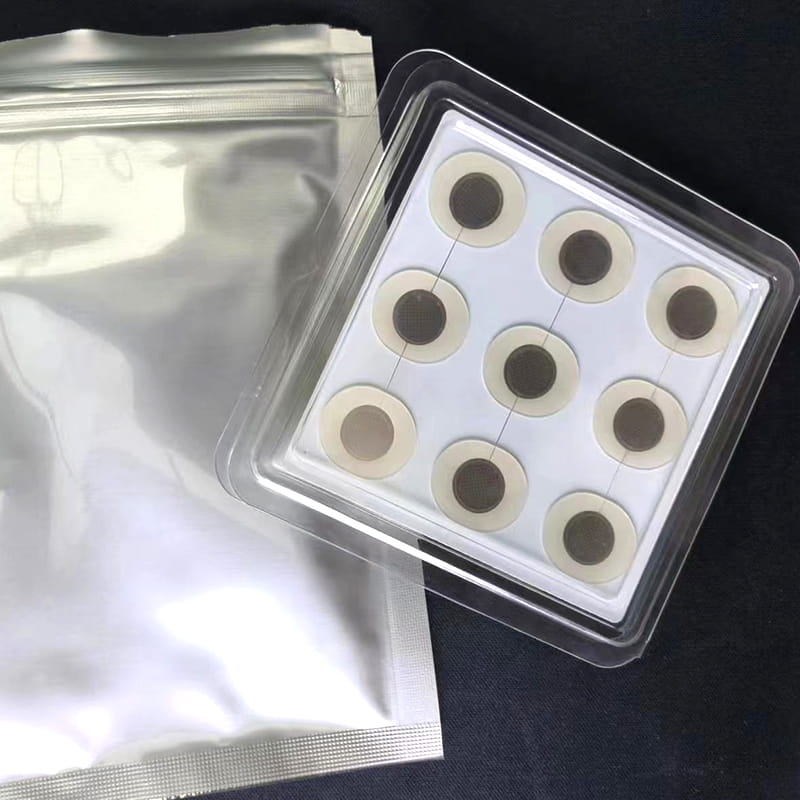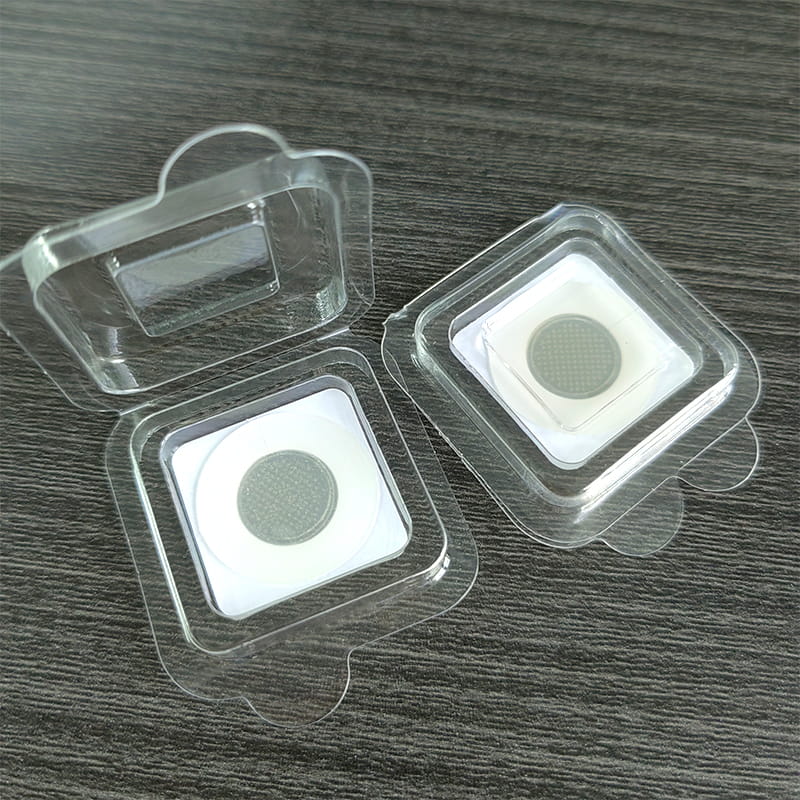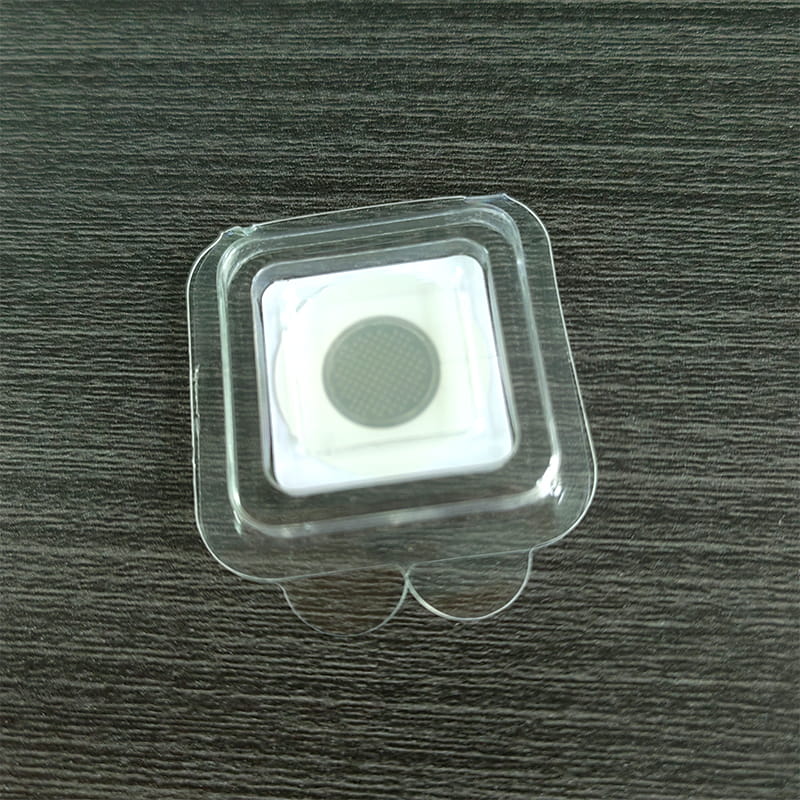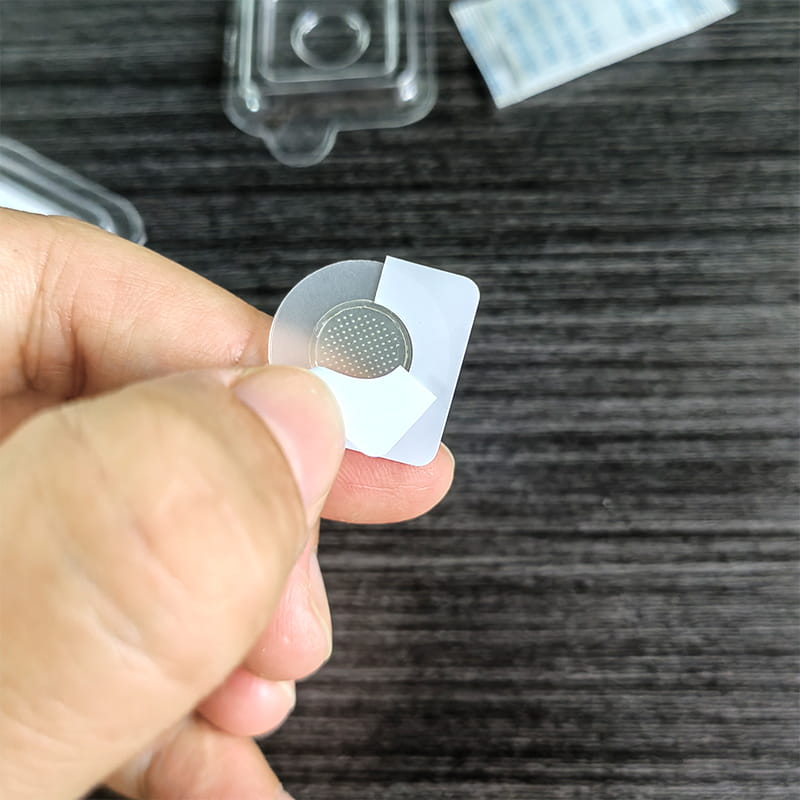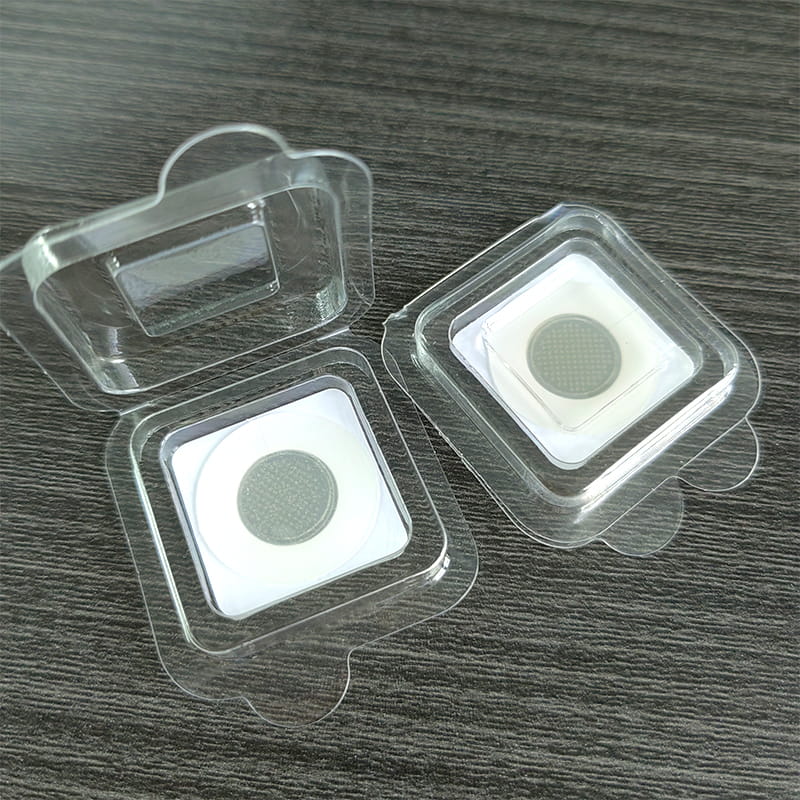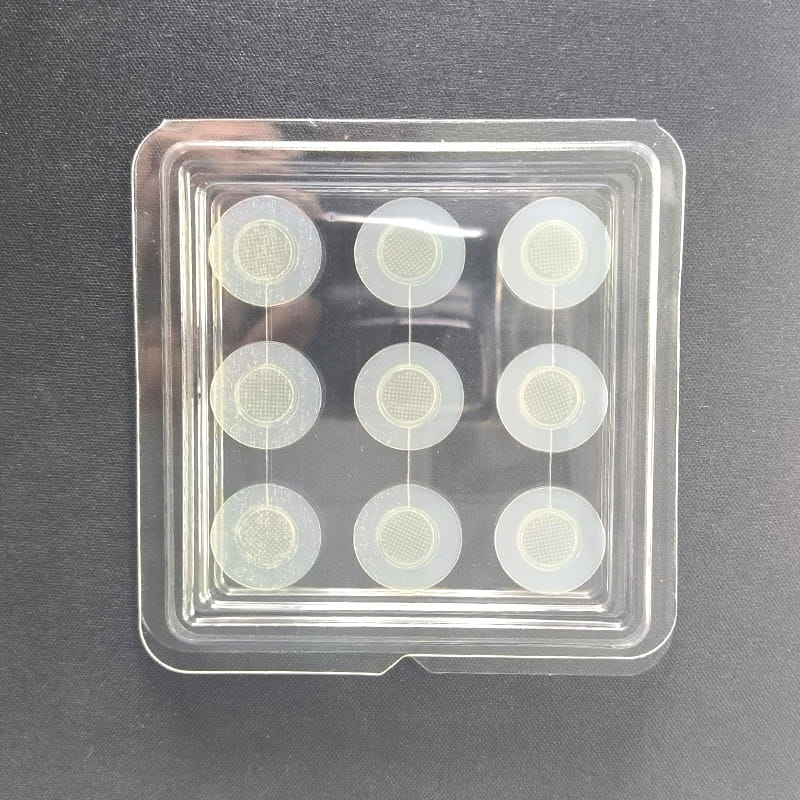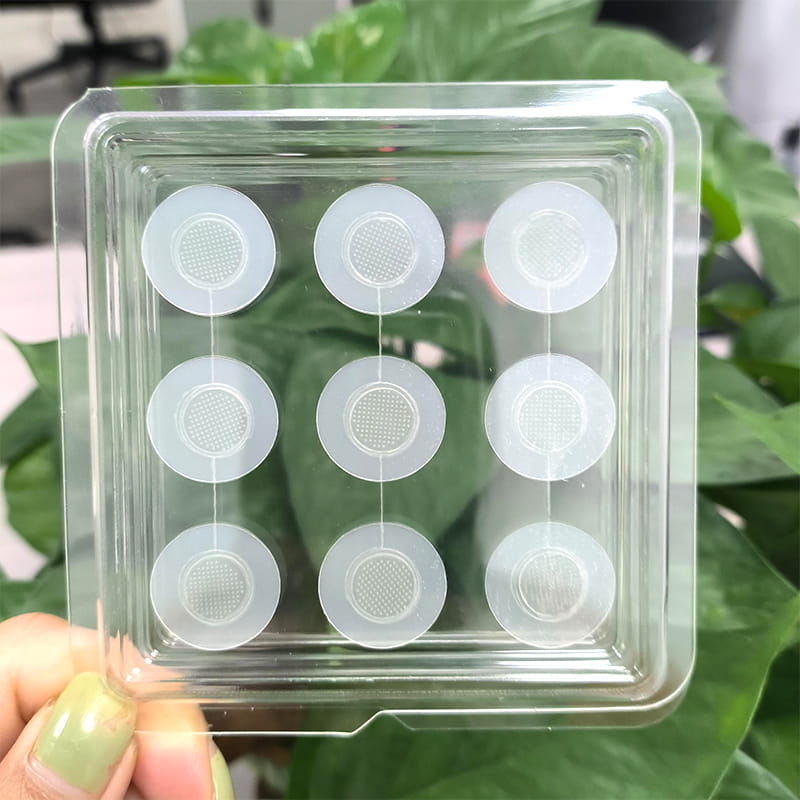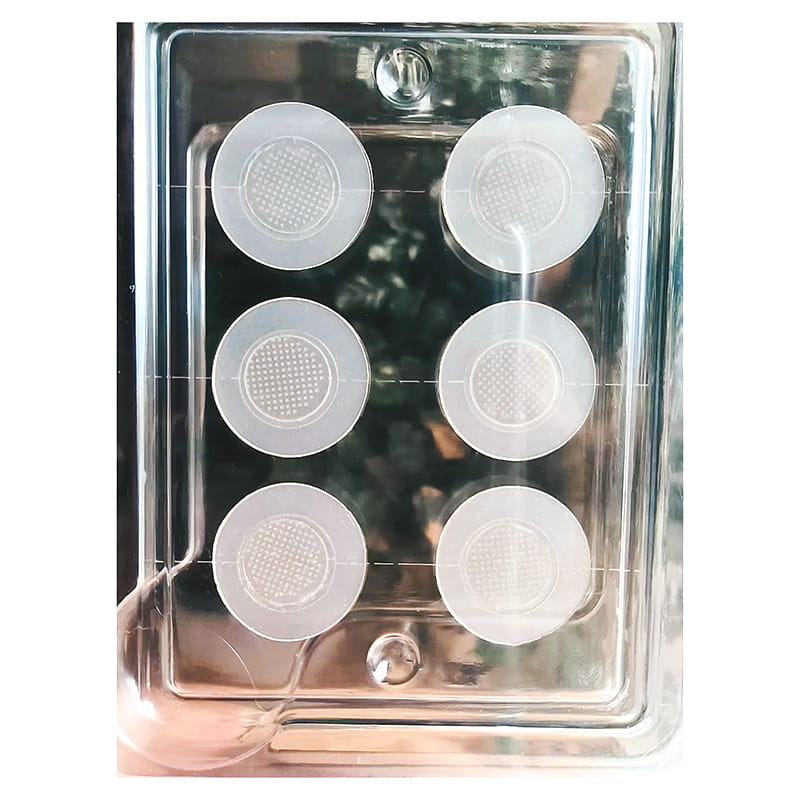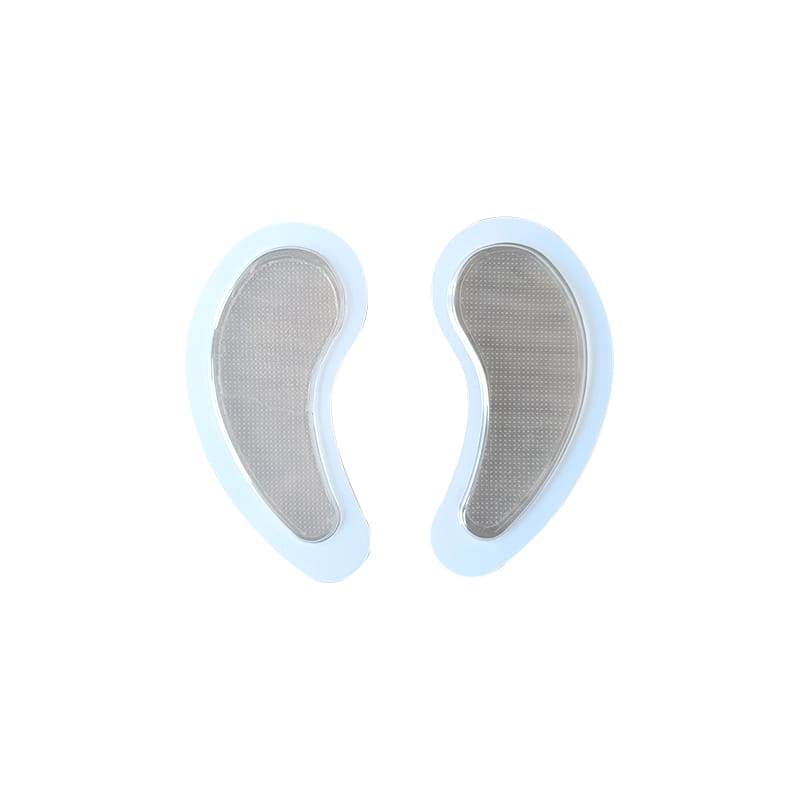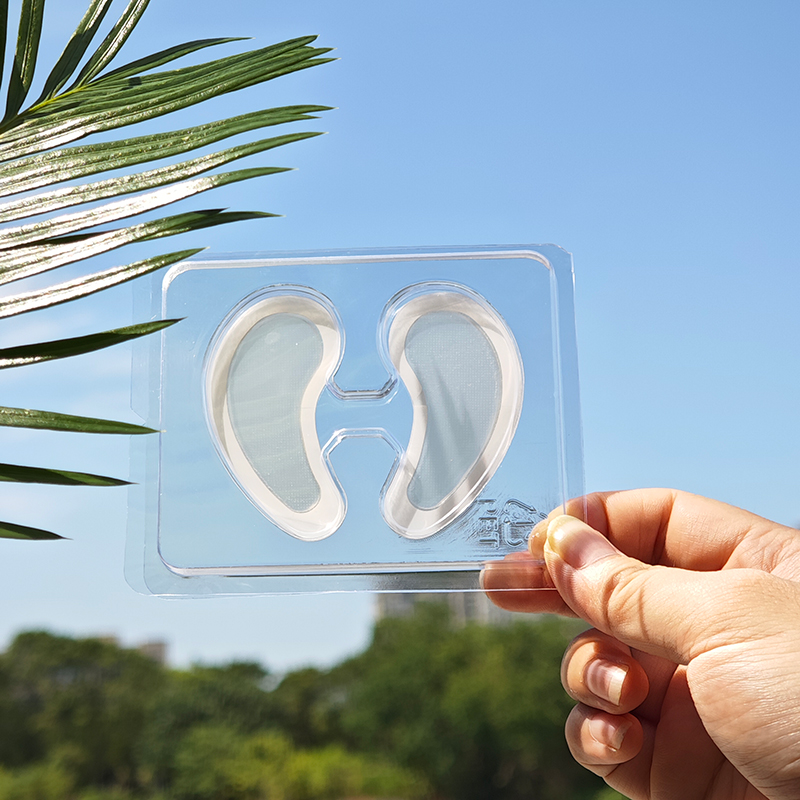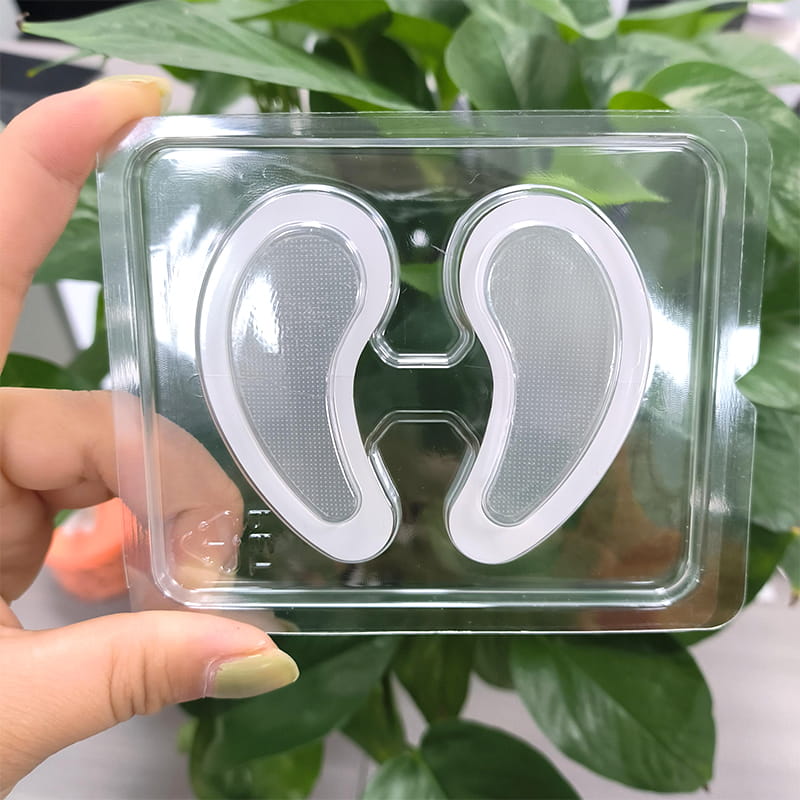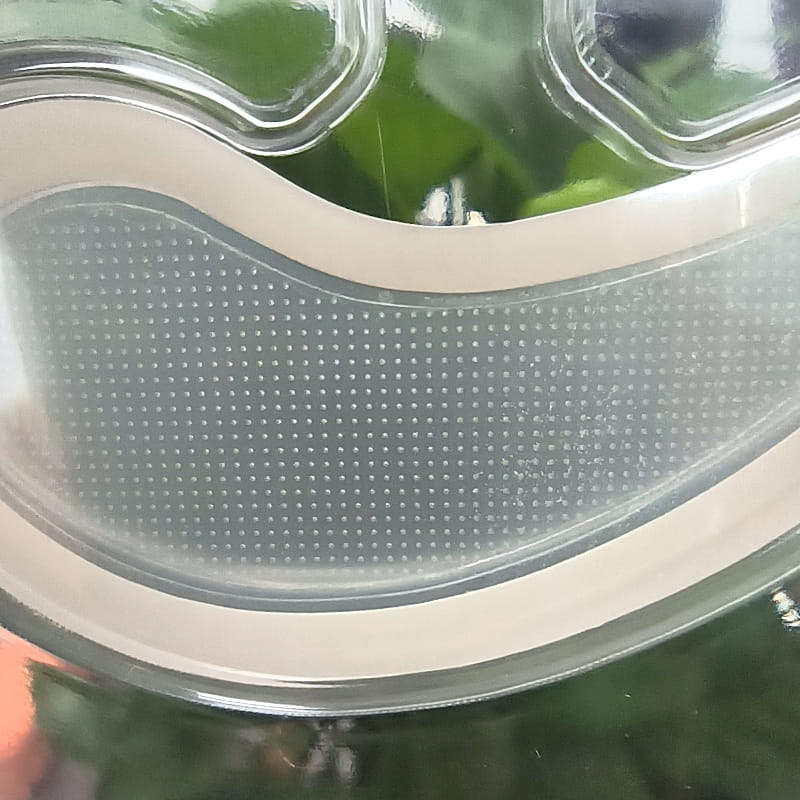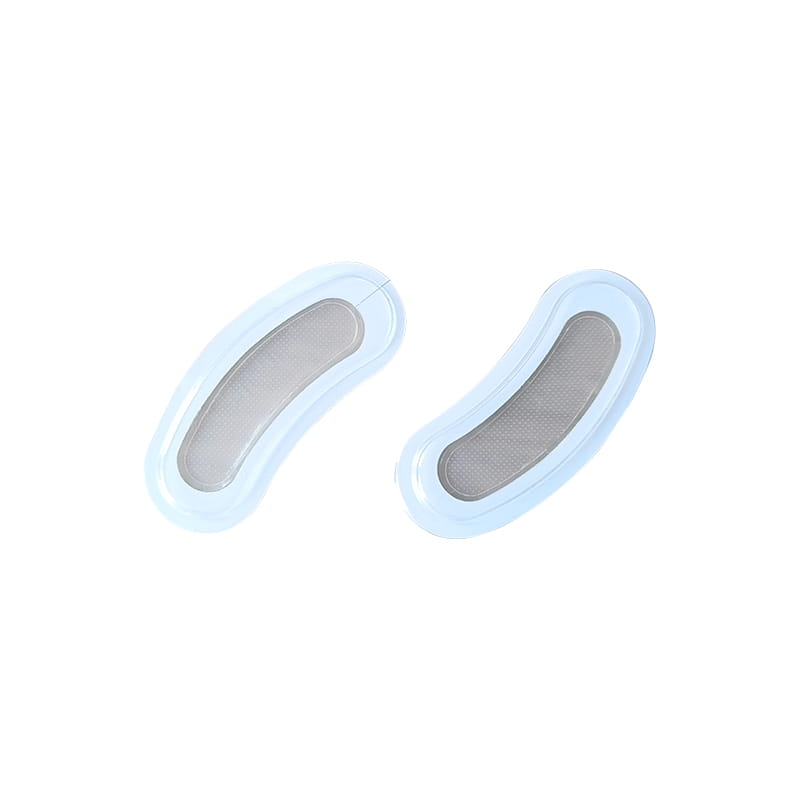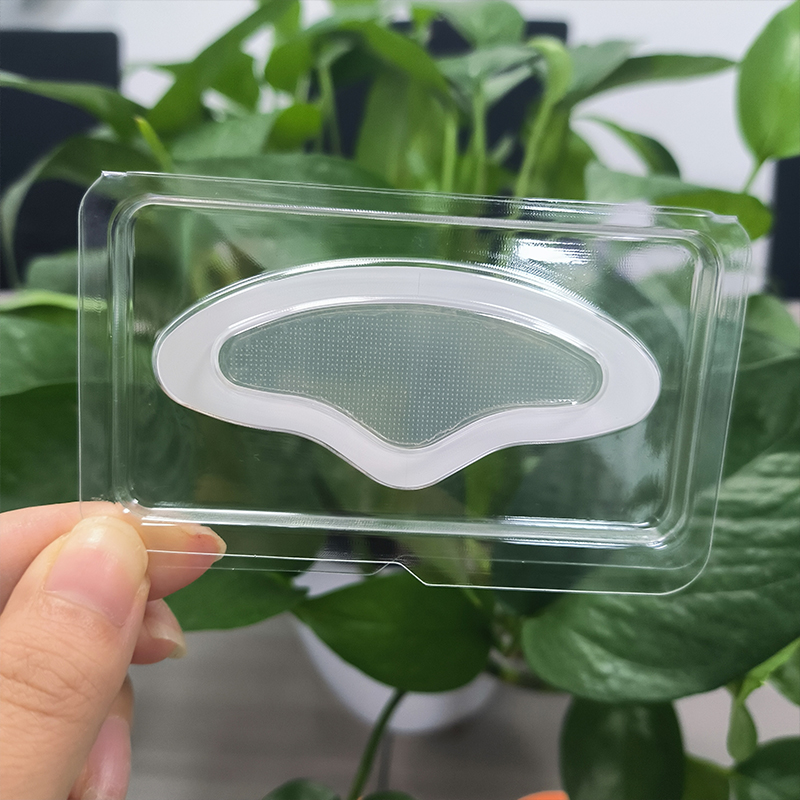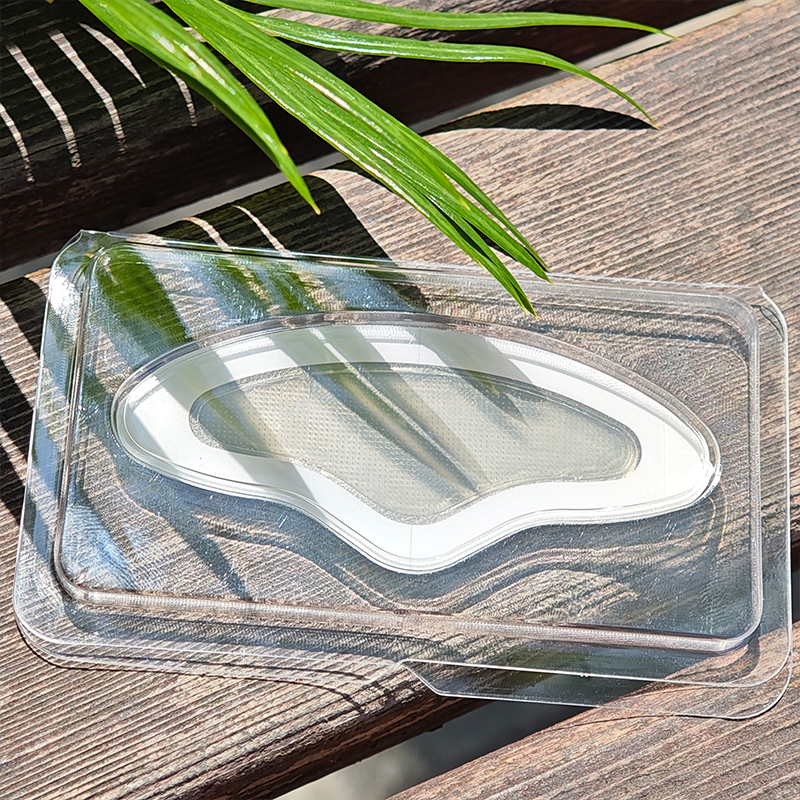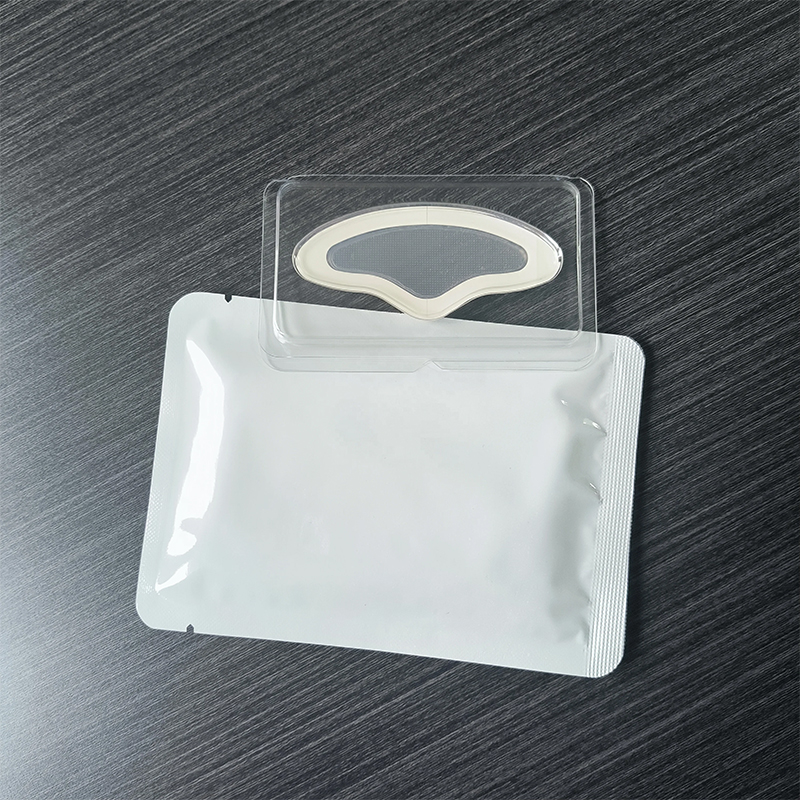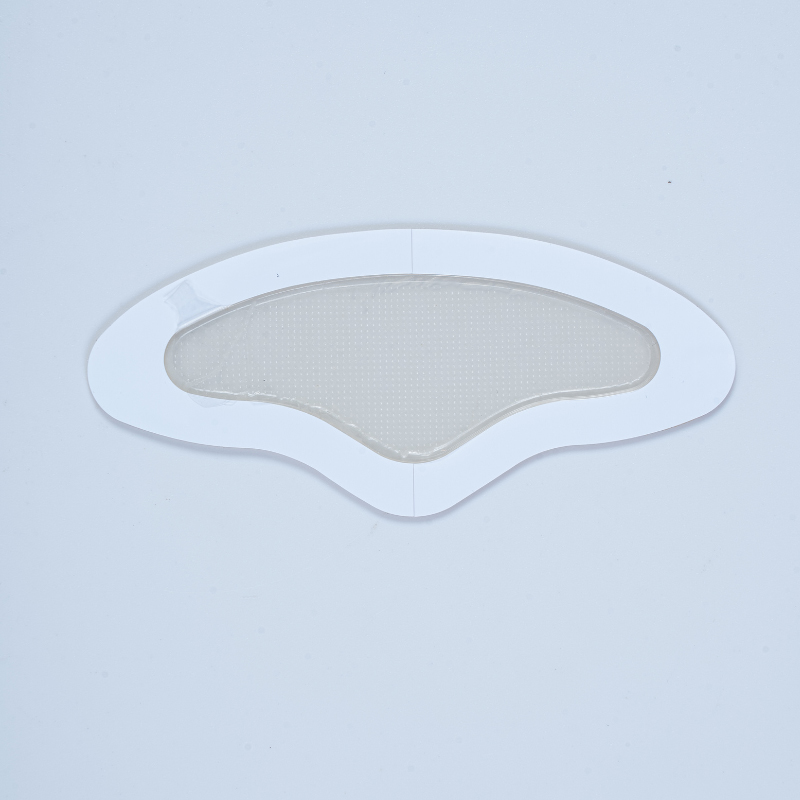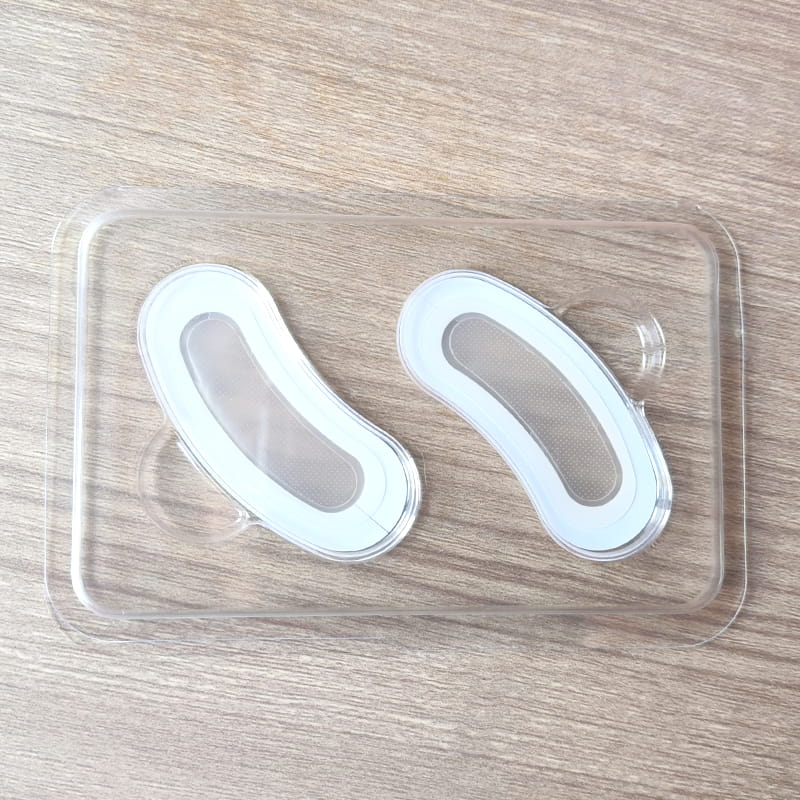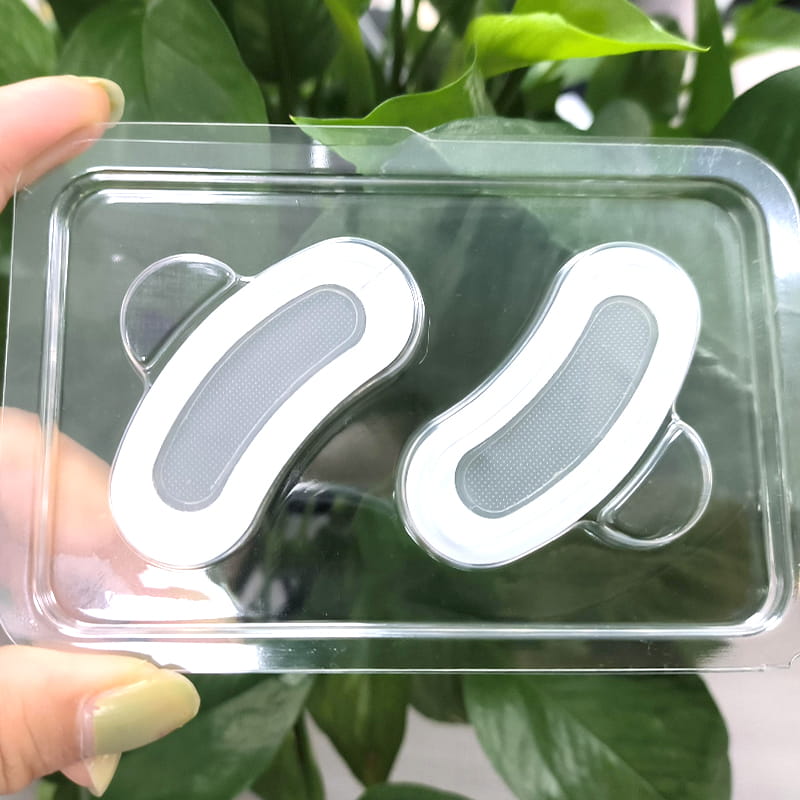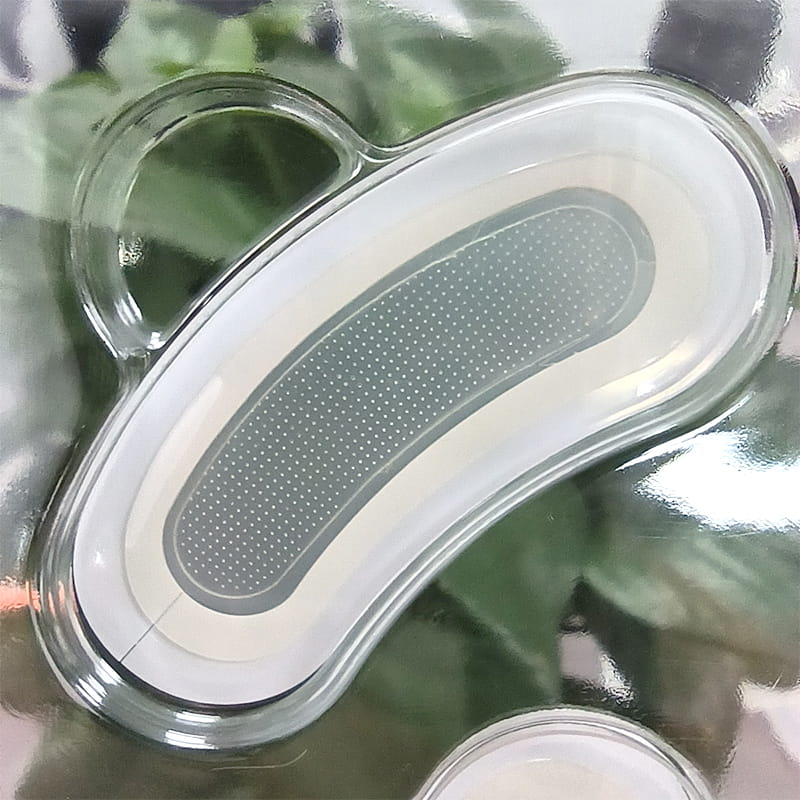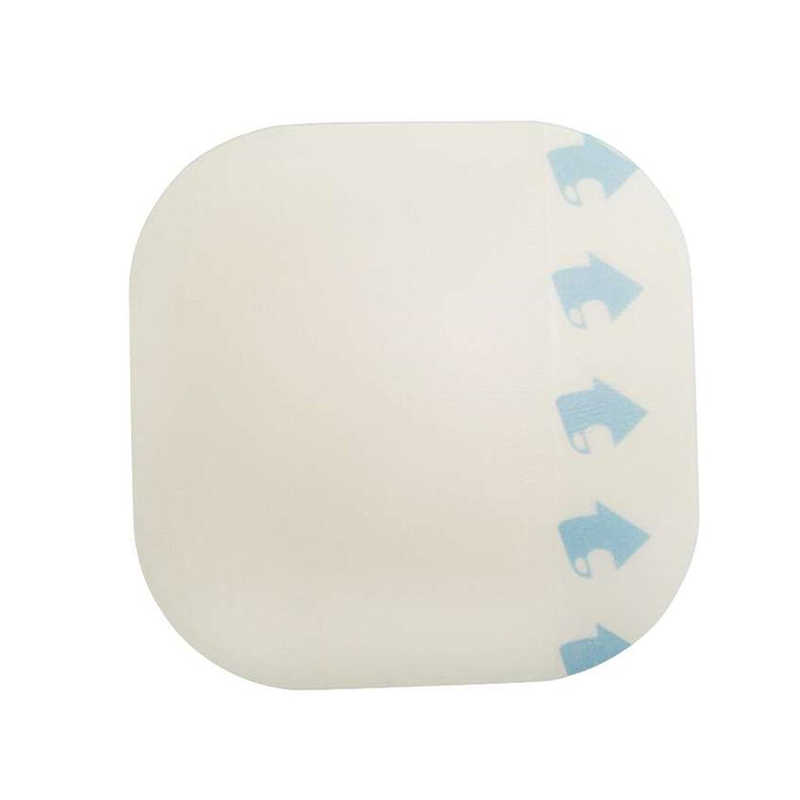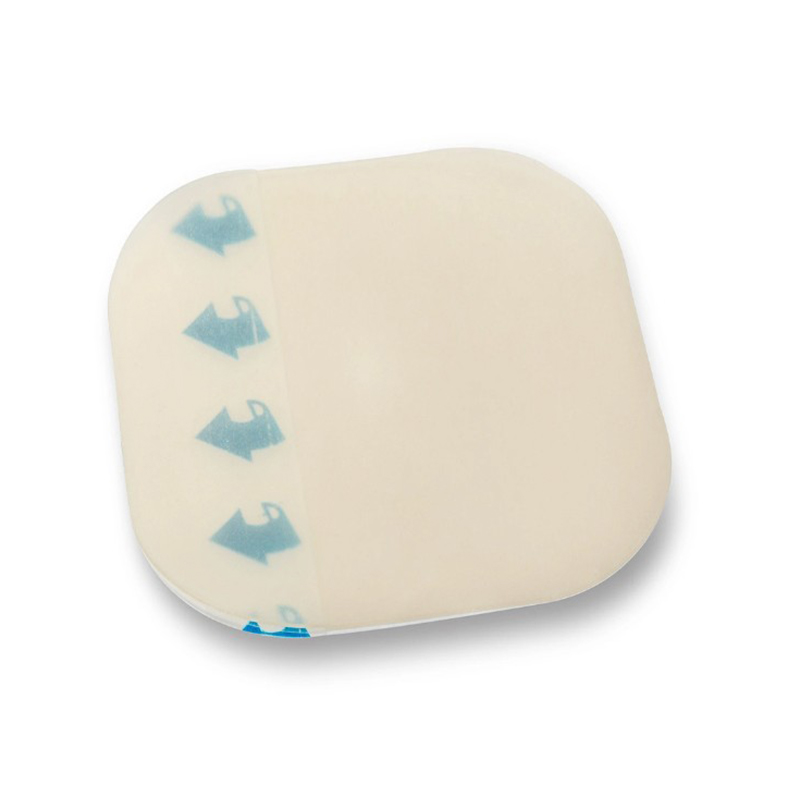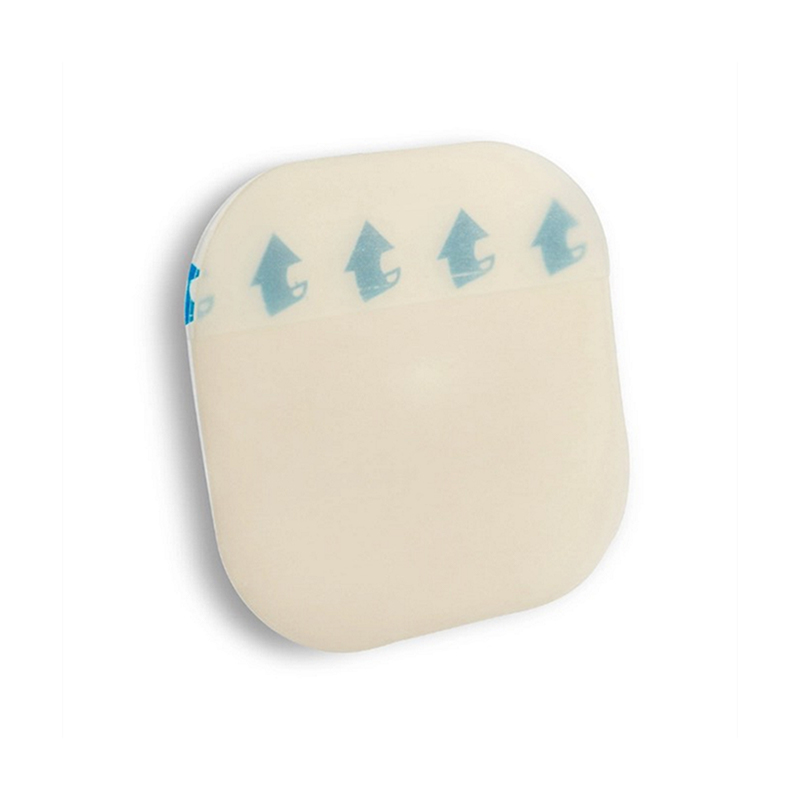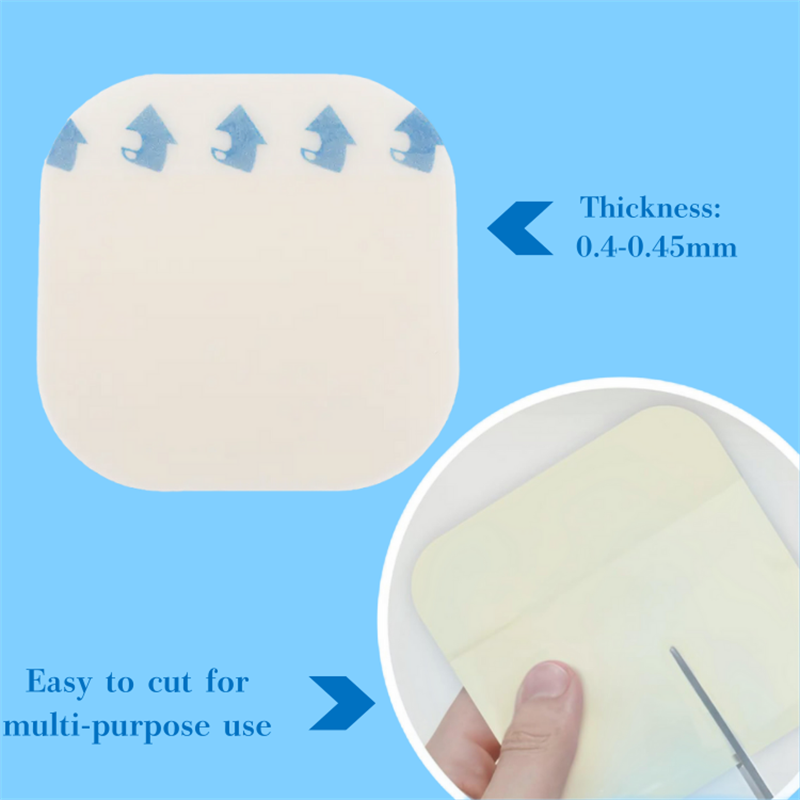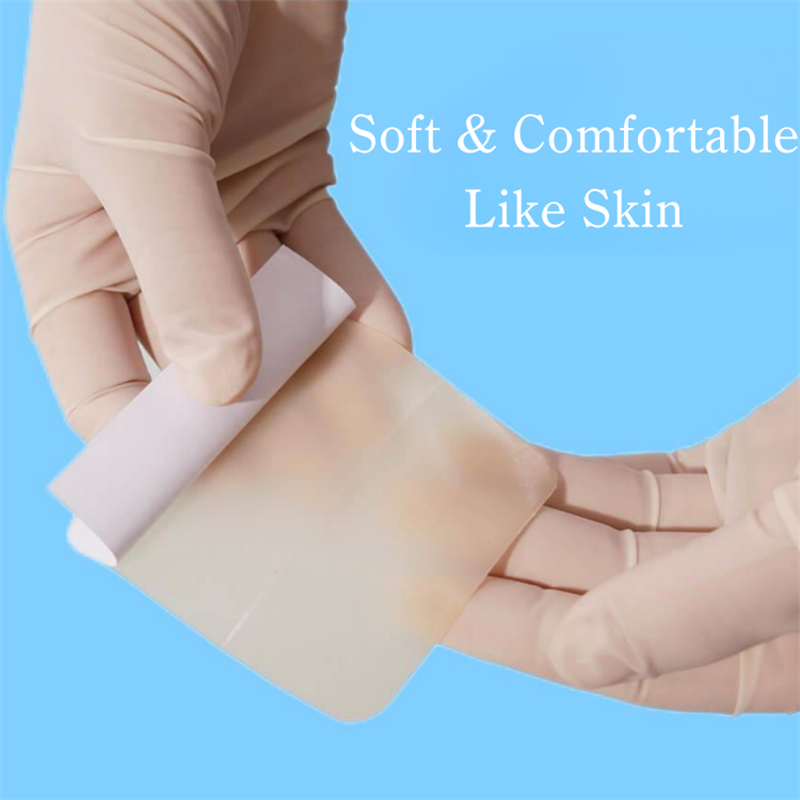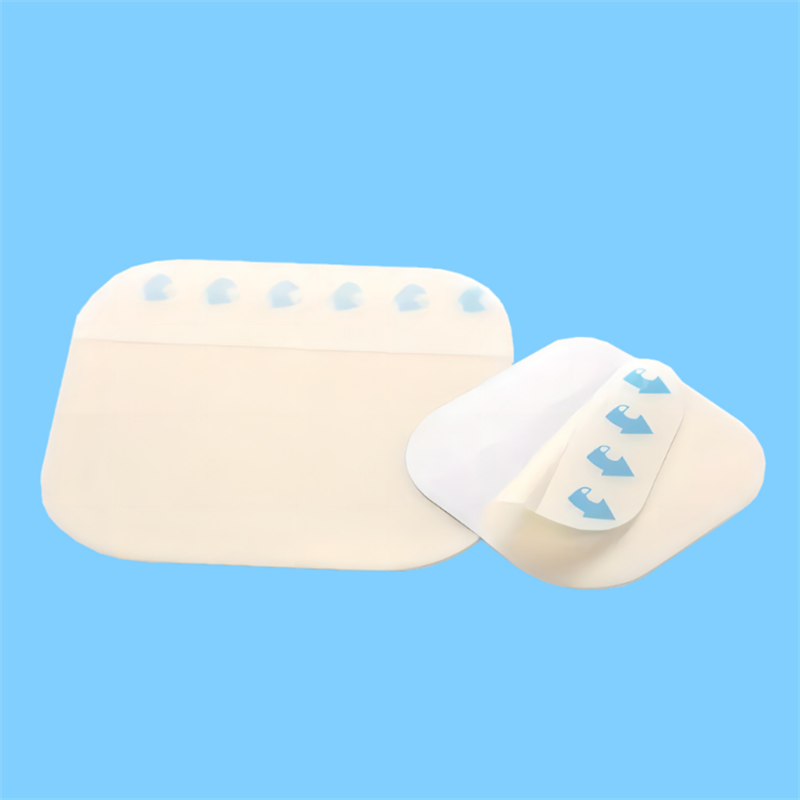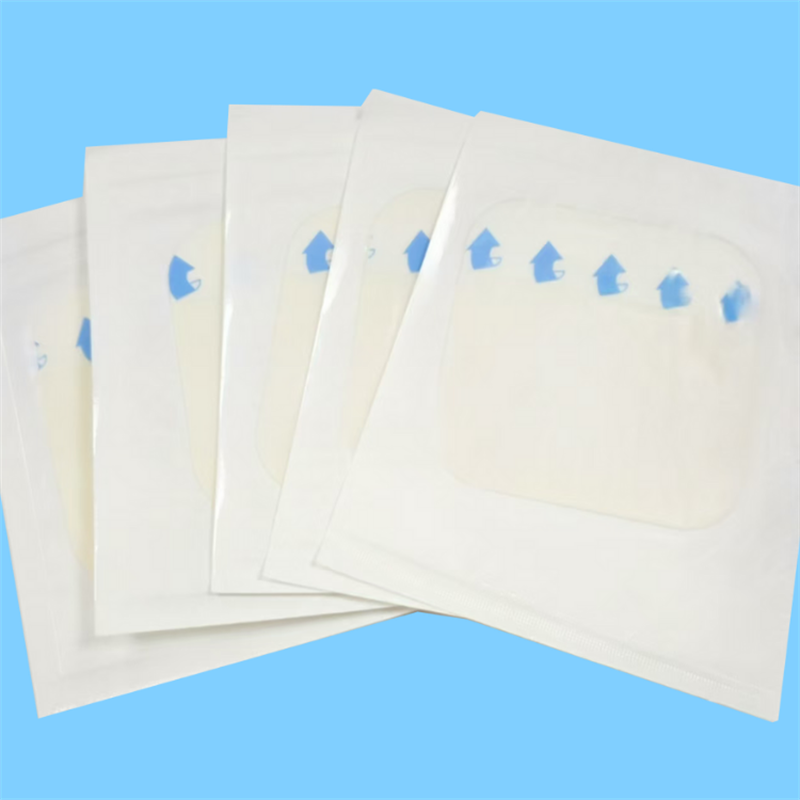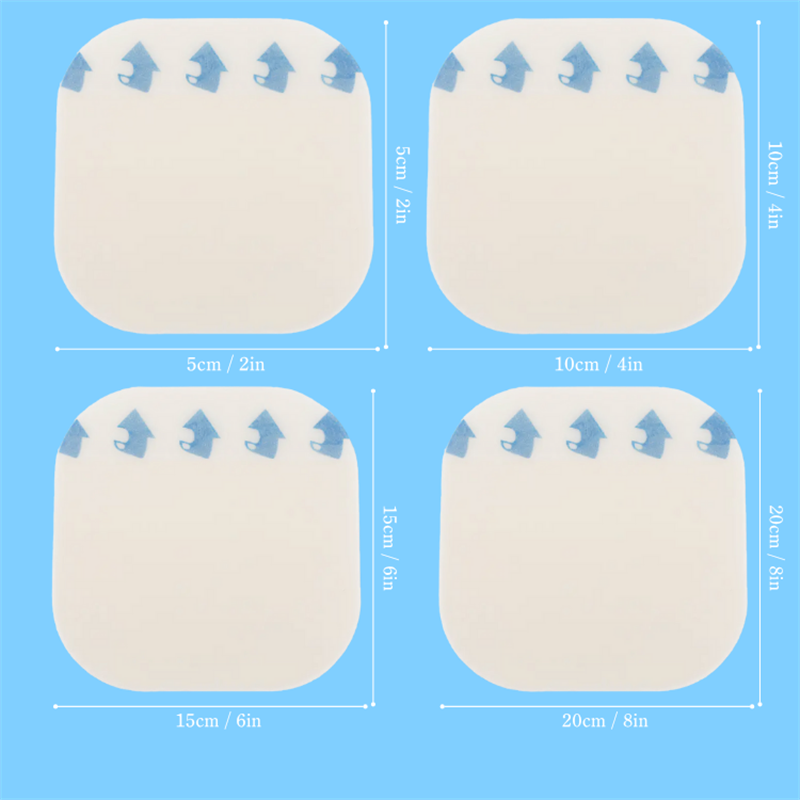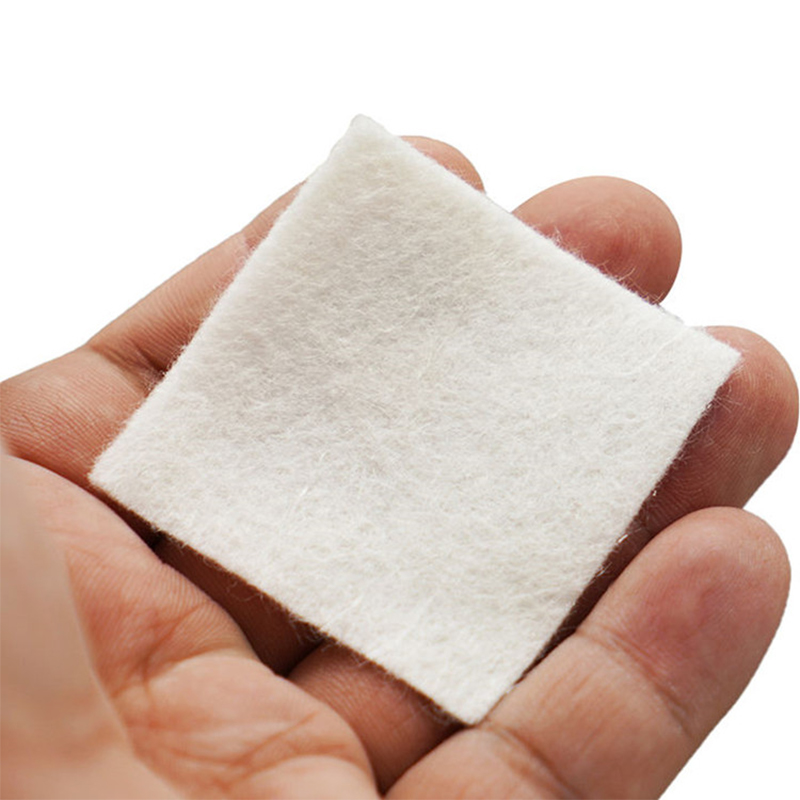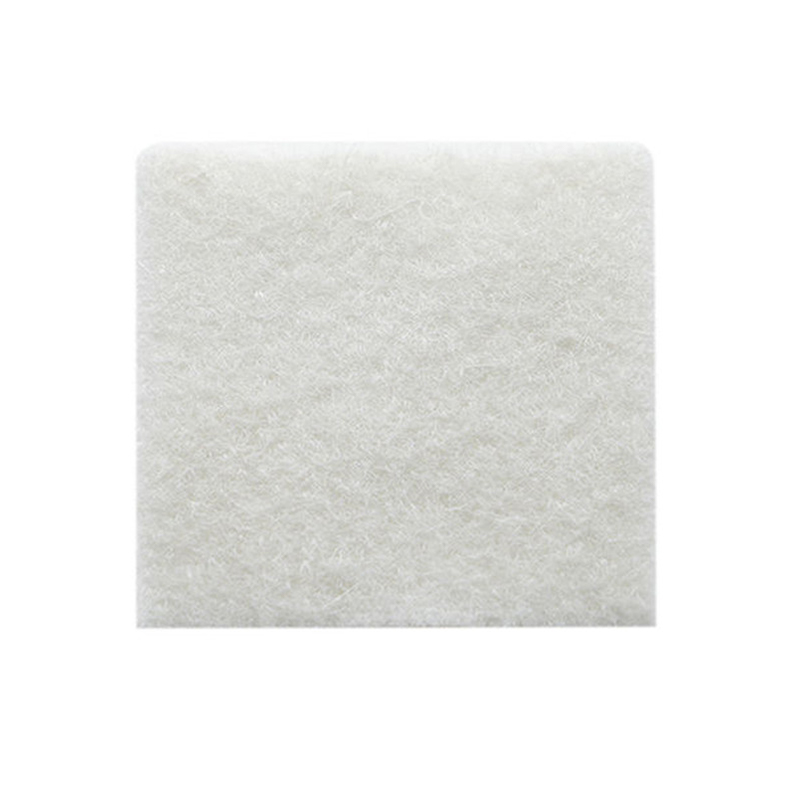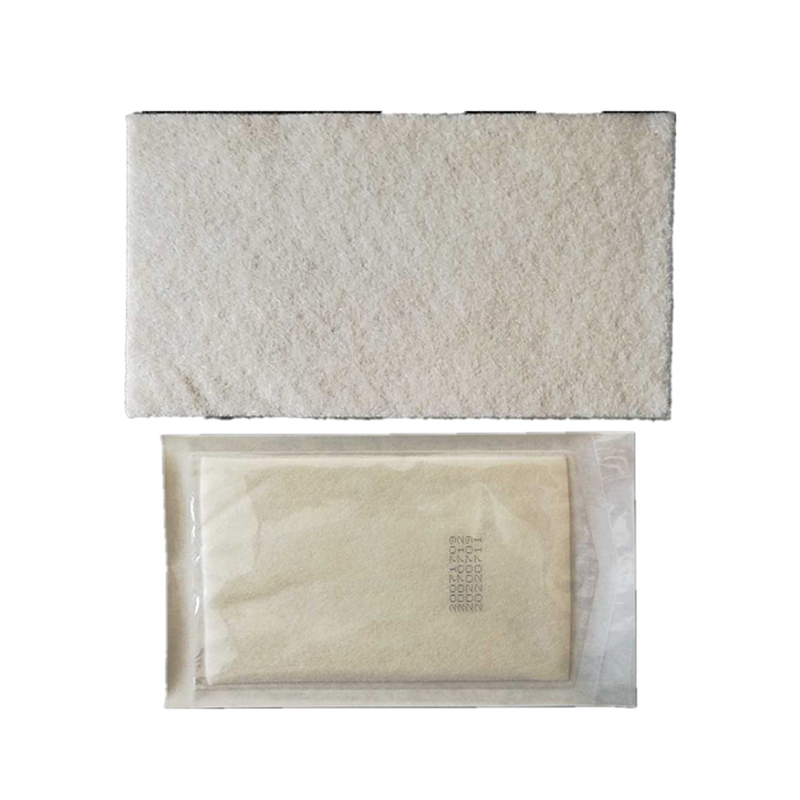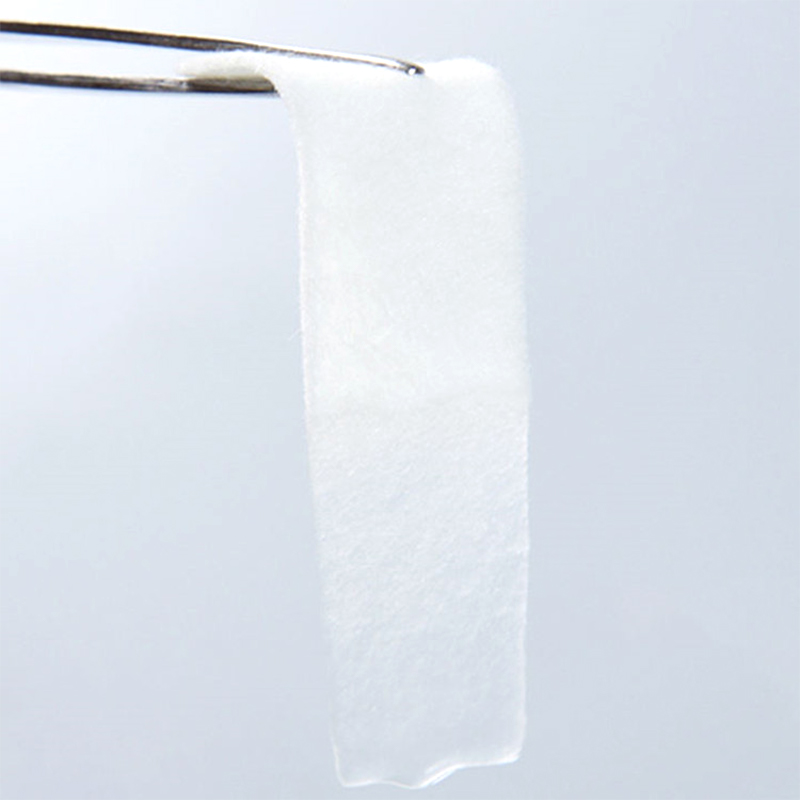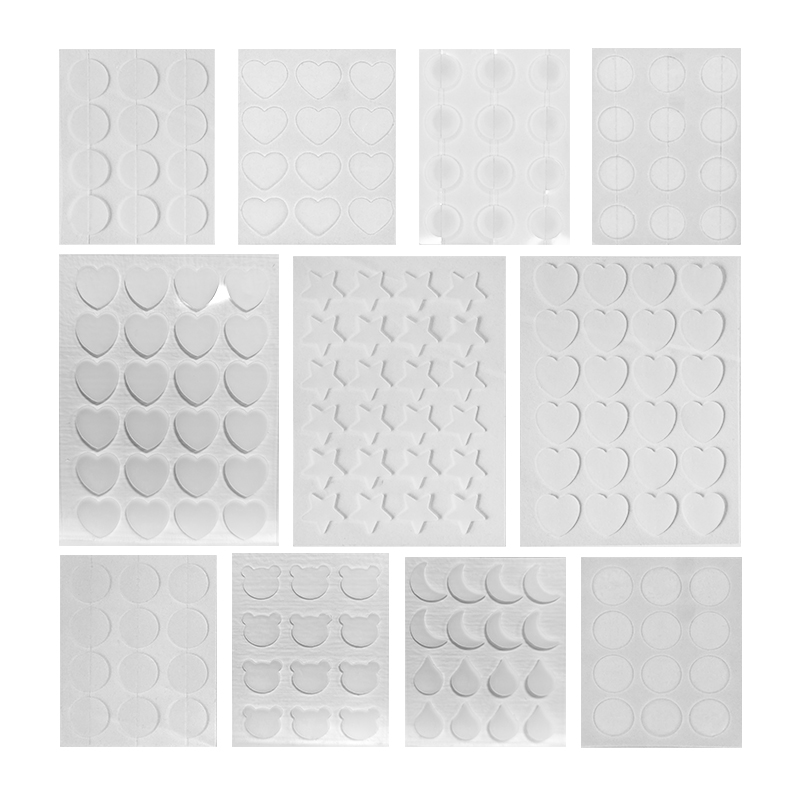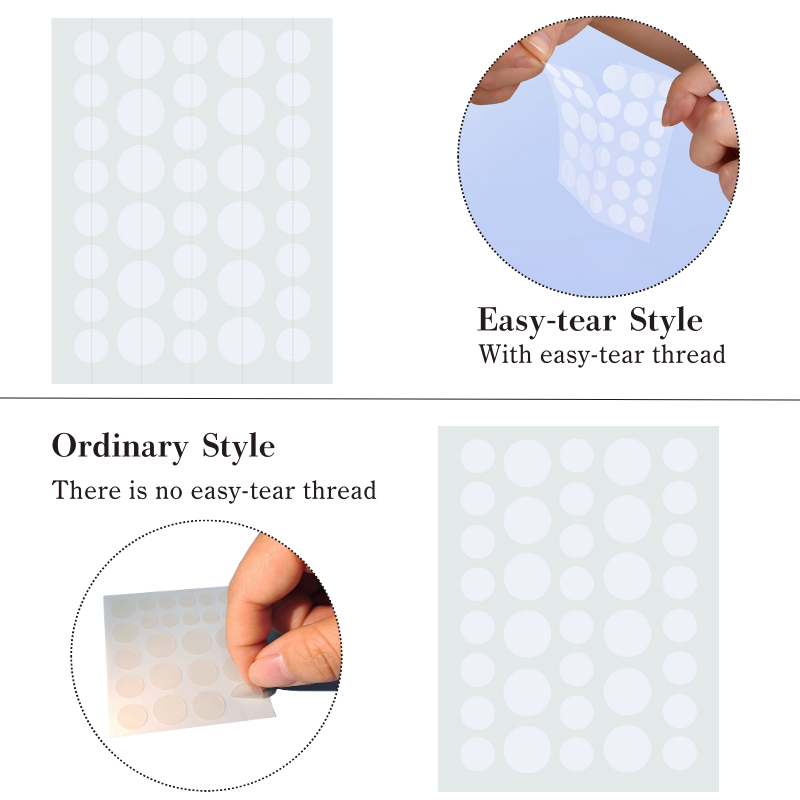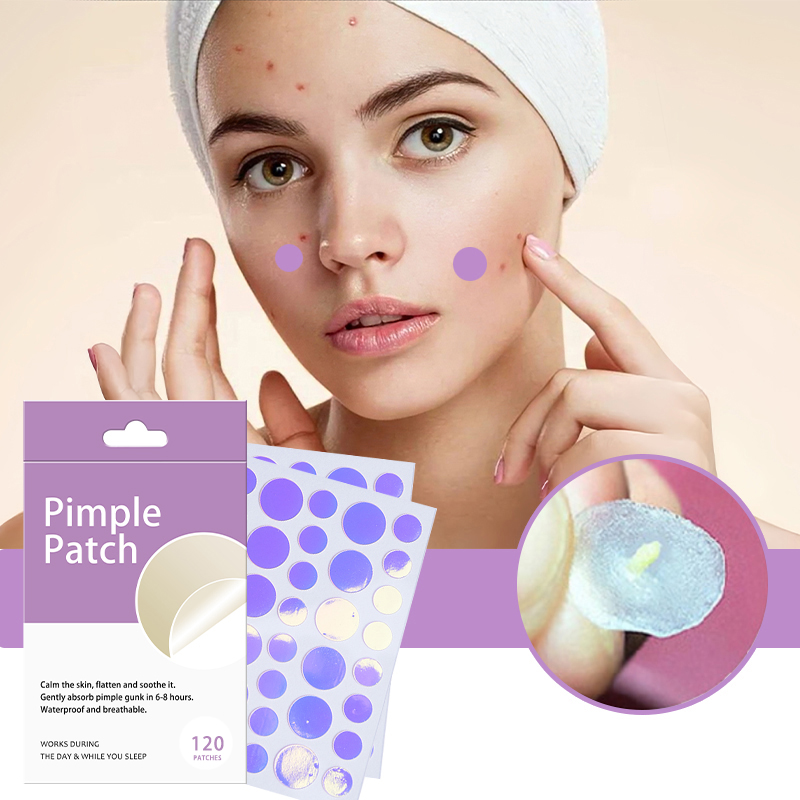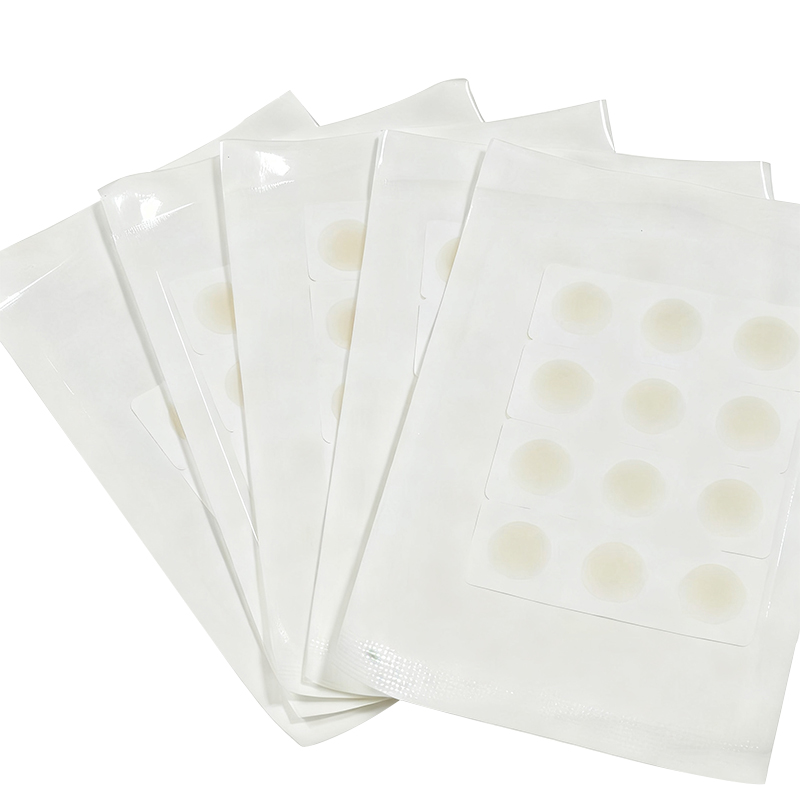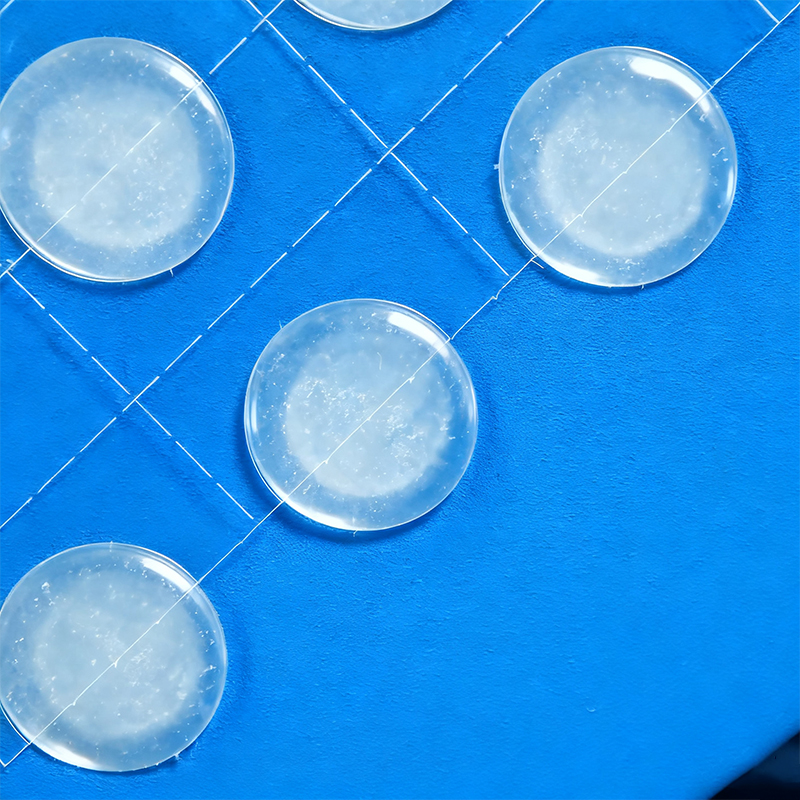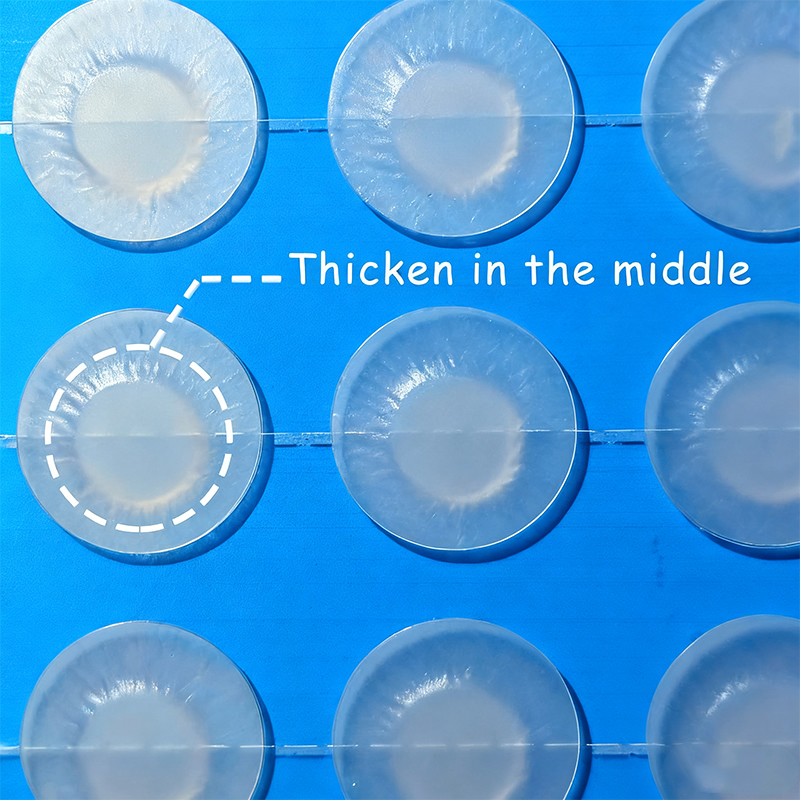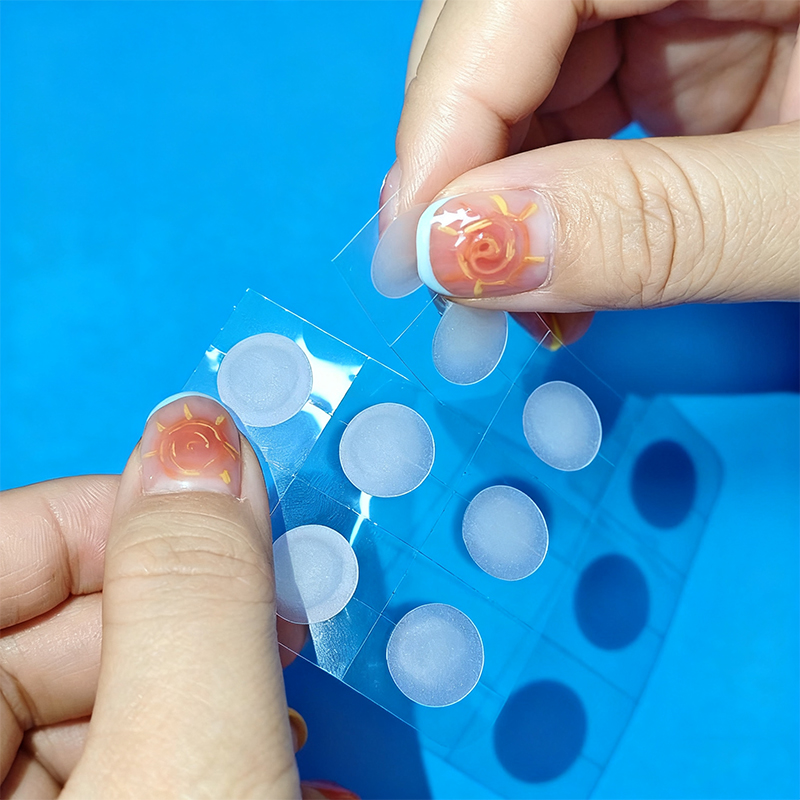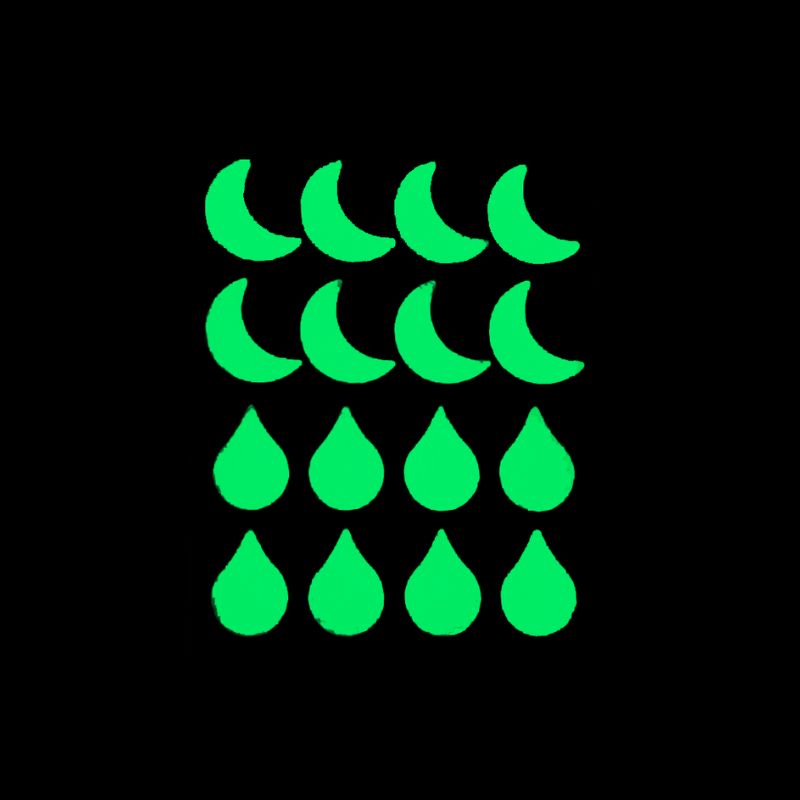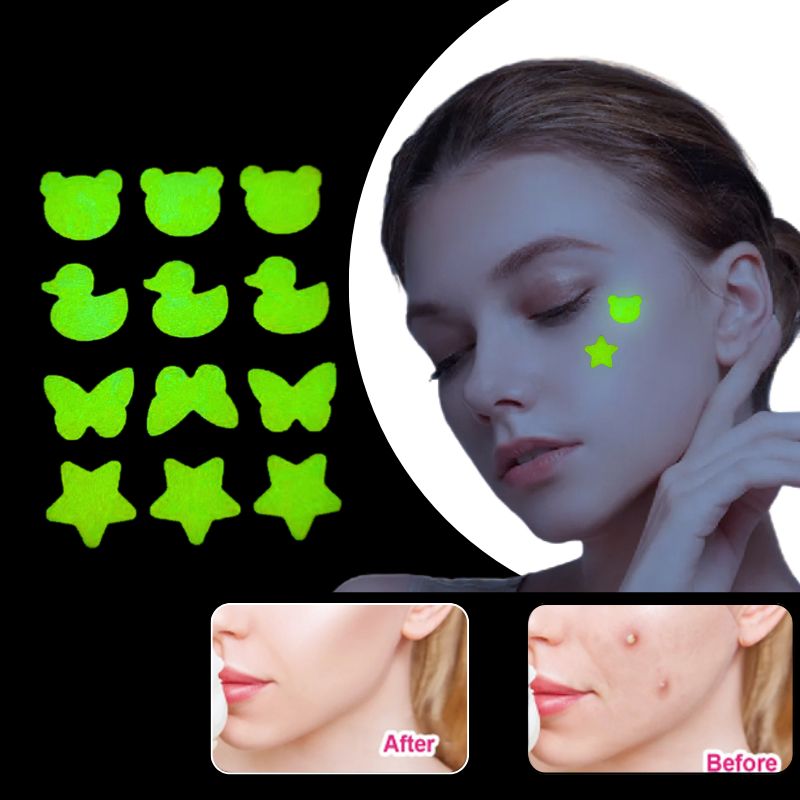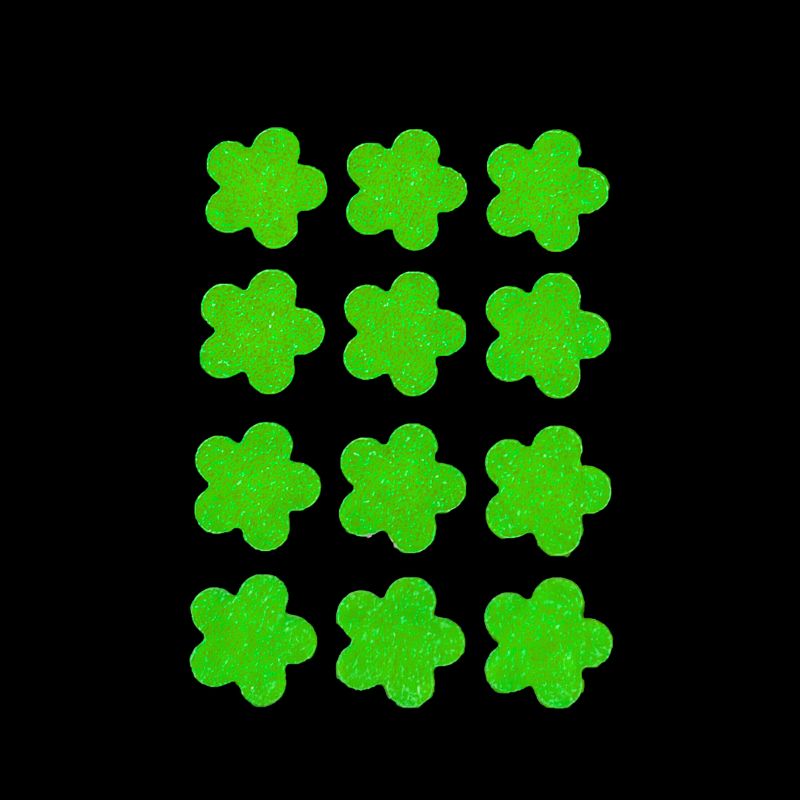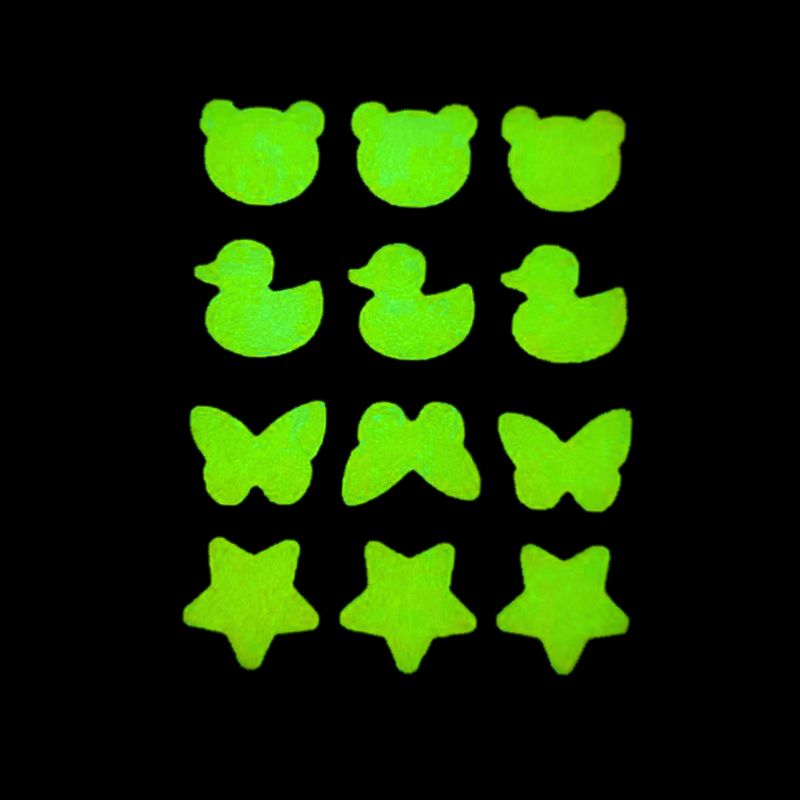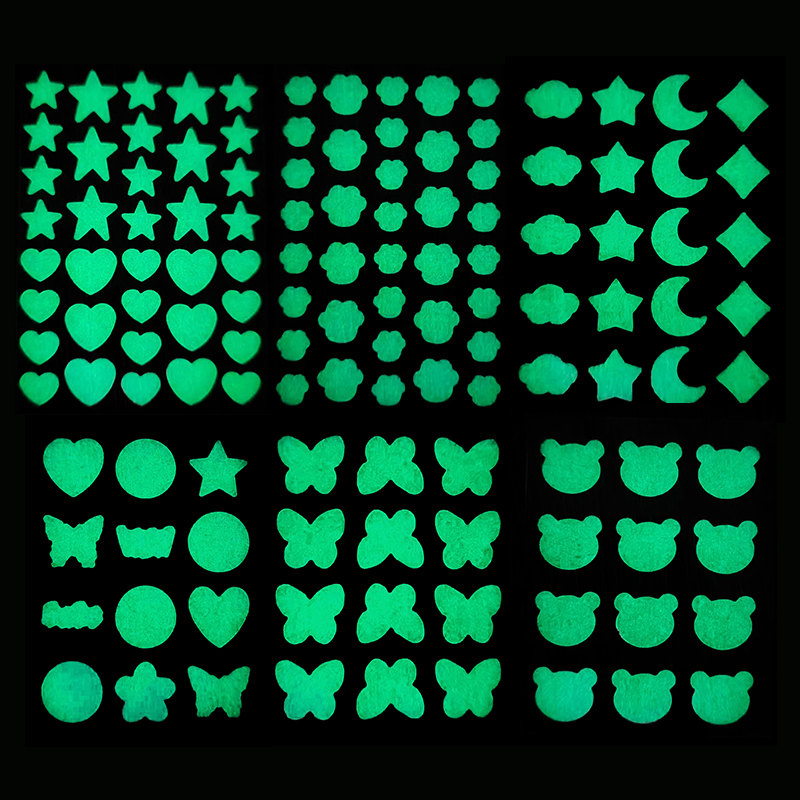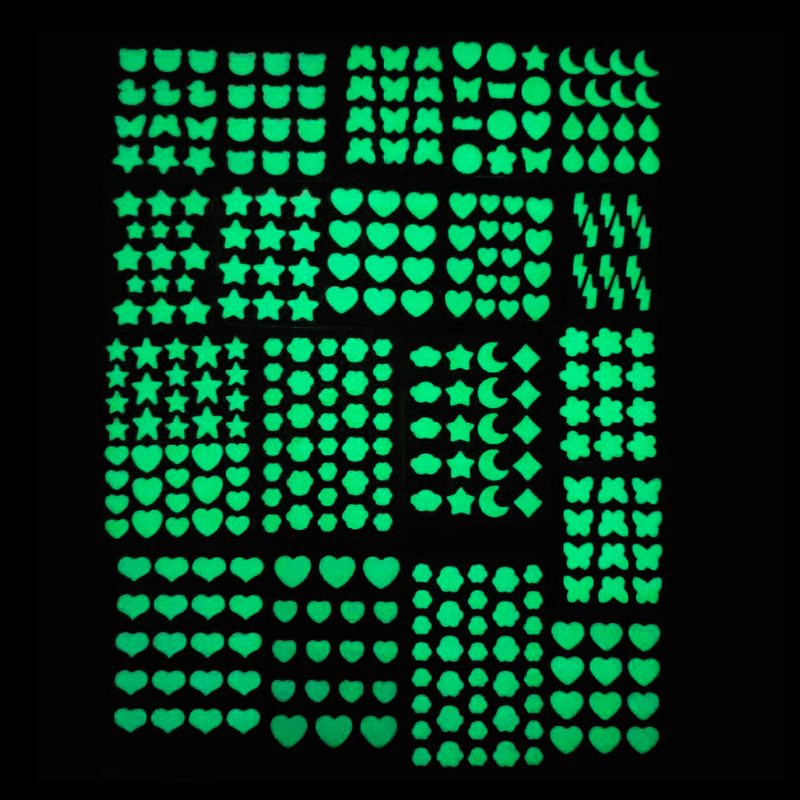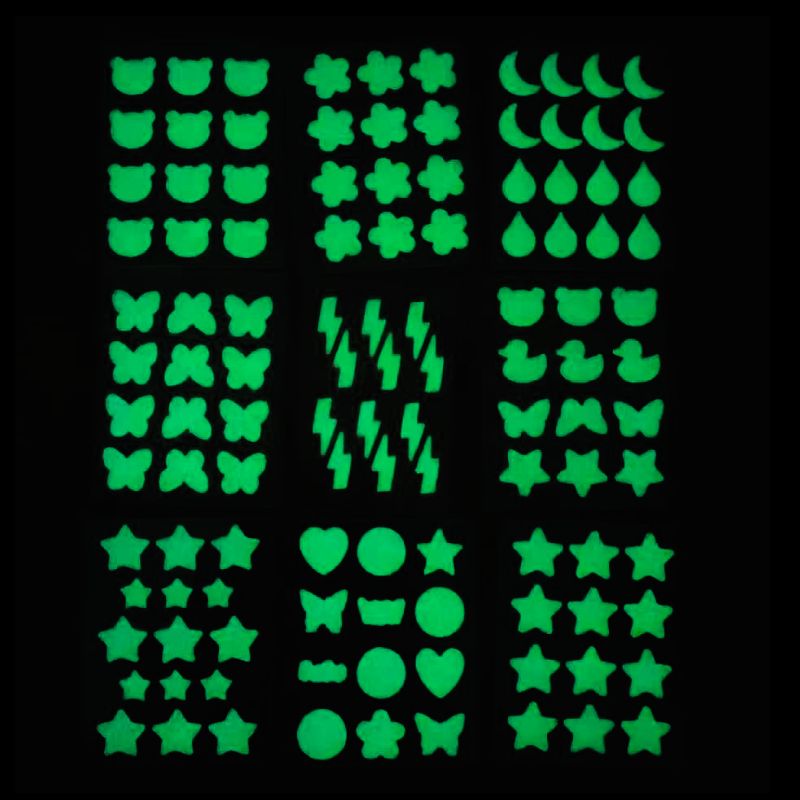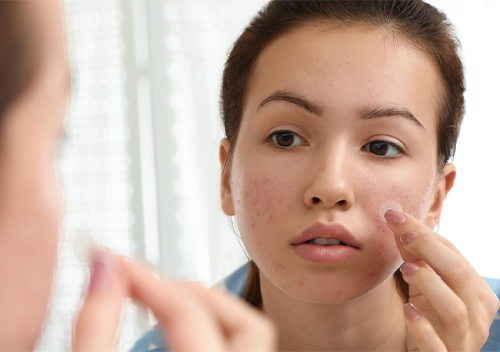In the modern medical field, wound care has become an essential and often overlooked aspect of patient treatment. Wound dressings, as one of the basic components of wound care, play a critical role in patient recovery. With the advancement of technology and the increasing demand for better healthcare solutions, Ningbo Hysent Medical Technology Co., Ltd. is dedicated to the research, development, and production of high-quality medical dressings, particularly disposable wound dressings and foam dressings. These products aim to provide more efficient and convenient treatment options for patients. With over a decade of industry experience and a production process that adheres to international certification standards, Hysent Medical has become a trusted name in the global medical dressing industry.
1. The Importance of Disposable Wound Dressings in Modern Healthcare
Disposable wound dressings are essential in treating a wide range of injuries, from minor cuts to complex surgical wounds. Ningbo Hysent Medical Technology Co., Ltd. fully understands the diverse needs of different wound types and is committed to producing high-quality disposable wound dressings that not only provide protection but also help promote faster healing while reducing the risk of infection.
The main function of a disposable wound dressing is to provide a physical barrier that protects the wound from external contaminants such as bacteria and dirt, reducing the risk of infection. Additionally, these dressings absorb the exudate from the wound, keeping it dry and creating an optimal healing environment. The advanced materials used by Hysent Medical ensure excellent moisture management, preventing wound maceration and promoting healing.
Compared to traditional dressings, Ningbo Hysent Medical Technology Co., Ltd.’s products offer better breathability and comfort. Manufactured in compliance with CE/FDA certifications and ISO13485 quality management systems, our products meet international medical safety standards, ensuring safety and effectiveness for both small cuts and large surgical wounds.
Another key advantage of disposable wound dressings is their convenience and hygiene. Since they are designed for single-use, they significantly reduce the risk of cross-contamination and prevent secondary infections. For healthcare facilities such as hospitals and clinics, this convenience greatly enhances workflow efficiency, reduces the burden on medical staff, and helps save valuable resources.
2. The Advantages of Foam Dressings in Wound Care
In recent years, foam dressings have gained popularity due to their superior absorbency, comfort, and adaptability, making them ideal for managing moderate to heavily exuding wounds. Foam dressings are particularly beneficial for patients with chronic wounds, burns, or surgical wounds that produce excess fluid. As one of the core products of Ningbo Hysent Medical Technology Co., Ltd., foam dressings have demonstrated outstanding performance across a wide range of clinical applications and are highly regarded by both healthcare professionals and patients.
The primary advantage of foam dressings lies in their superior absorption capability. Wounds often produce varying amounts of exudate during the healing process, and excessive moisture can lead to maceration and infection. Foam dressings, with their unique foam structure, can effectively absorb exudates, keeping the wound dry and promoting an optimal moist healing environment. This property not only reduces the risk of infection but also speeds up the healing process.
Additionally, foam dressings provide excellent cushioning and minimize friction against the wound surface, reducing the risk of secondary injury during dressing changes. This is particularly important for wounds that are sensitive or prone to bleeding. The soft, non-adherent surface of the foam dressing minimizes discomfort and pain during dressing changes, thus improving patient compliance.
Ningbo Hysent Medical Technology Co., Ltd. specializes in foam dressings designed specifically for moderate to heavy exuding wounds. The outer layer of the dressing is breathable, allowing for optimal airflow to the wound, which helps to speed up healing while reducing the risk of infection. The absorbent foam core locks in exudates, preventing the wound from becoming oversaturated and reducing the risk of complications.
Hysent’s foam dressings offer superior conformability and stability, making them suitable for a variety of wound types, from acute injuries to chronic conditions. They provide lasting protection for patients, helping them recover more quickly and comfortably.
During production, Ningbo Hysent Medical Technology Co., Ltd. adheres to the highest quality standards, using materials and processes that comply with FDA, CE, and ISO13485 certifications. This ensures that every foam dressing produced is both safe and reliable. Our foam dressings not only alleviate patient discomfort but also help healthcare providers improve care efficiency and reduce the risks associated with wound management.
3. Why Choose Ningbo Hysent Medical Technology Co., Ltd. for Your Wound Care Needs?
In the healthcare industry, product quality directly impacts patient safety and recovery. Therefore, choosing a supplier with extensive experience and a strong technological background is critical. Ningbo Hysent Medical Technology Co., Ltd., with over ten years of experience and a robust R&D team, has become a leading provider of wound care products globally.
Customized Solutions: At Ningbo Hysent Medical Technology Co., Ltd., we understand that every patient’s needs are unique. We offer customized wound dressing solutions to meet the specific requirements of different types of wounds and patients. Whether in skincare, beauty, first aid, sports injuries, or general health care, we can provide tailored products according to customer needs.
Certified Production Facilities: Our state-of-the-art production facilities meet the 100,000-level cleanroom standard, ensuring the highest standards of cleanliness and safety in the manufacturing process. As a company certified by CE, FDA, and ISO13485, we ensure that our products meet both domestic and international medical safety standards, guaranteeing that every product we produce is safe, effective, and reliable.
Professional Team Support: Ningbo Hysent Medical Technology Co., Ltd. has a professional team consisting of medical experts, R&D personnel, and marketing professionals, all dedicated to providing cutting-edge wound care solutions to customers worldwide. From product consultation to customized design and after-sales support, our team is always ready to provide fast, efficient, and professional services to ensure your needs are met.
Global Market Services: With years of experience in the international market and a deep understanding of the industry, our products are widely distributed across numerous countries and regions. Whether you are a hospital, clinic, or distributor, partnering with Ningbo Hysent Medical Technology Co., Ltd. ensures that you will receive world-class wound care products and exceptional customer service.

